Kissimmee Prairie Preserve, Okeechobee, Florida
And so was fulfilled what the Lord had said through the prophet (Hosea): “Out of Egypt I called my son.” ~ Matthew 2:15b Hosea was a prophet from the mid-700’s BC, which means 700 years before Jesus was born. His time of speaking on God’s behalf was also during the time of prophets Amos, Micah and Isaiah. There are over 300 fulfilled prophecies concerning Jesus about His time with us – from birth to death to resurrection. And zero that weren’t fulfilled. Mathematically speaking, the odds of one man fulfilling all those is beyond astronomical! Which is just proof beyond proof that Jesus was and is Who He claimed to be! Here’s what someone else has to say about it:
In his book, Science Speaks, Peter Stoner applies the modern science of probability to just eight prophecies regarding Christ. He says, “The chance that any man might have …fulfilled all eight prophecies is one in 10 to the 17th. That would be 1 in 100,000,000,000,000,000.” (one hundred quadrillion).
Stoner suggests that “we take 10 to the 17th silver dollars and lay them on the face of Texas. They will cover all of the state 2 feet deep. Now mark one of these silver dollars and stir the whole mass thoroughly… Blindfold a man and tell him he can travel as far as he wishes, but he must pick up that one marked silver dollar. What chance would he have of getting the right one?”
Stoner concludes, “Just the same chance that the prophets would have had of writing those eight prophecies and having them all come true in any one man,…providing they wrote them in their own wisdom.”

Now close your mouth and take a look at what we’ve been doing the past few days. 😊
There wasn’t much to report for March 4th – I baked cookies and Blaine rode around burning calories to enable him to eat said cookies. At least he brought home a few pictures!
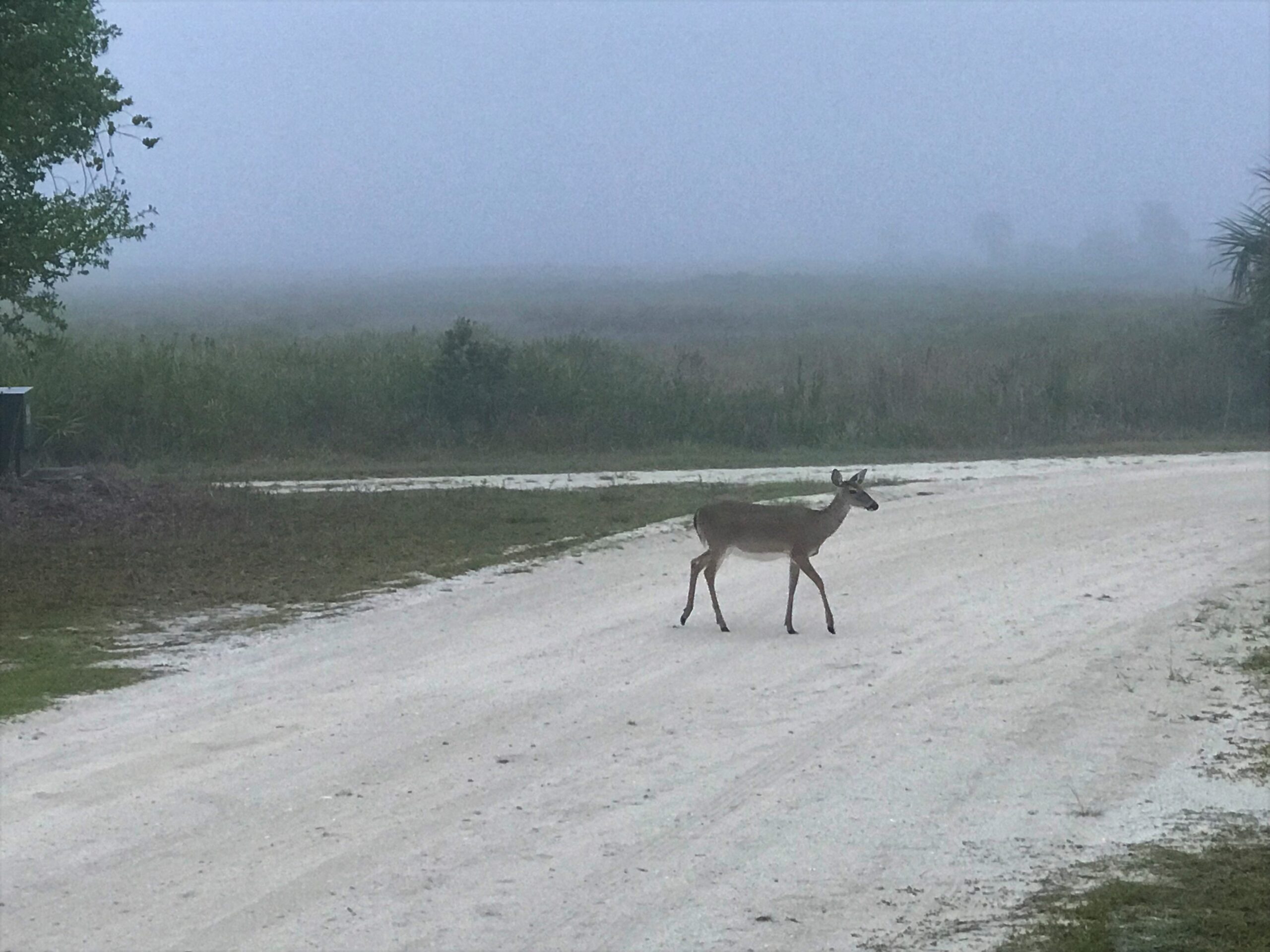
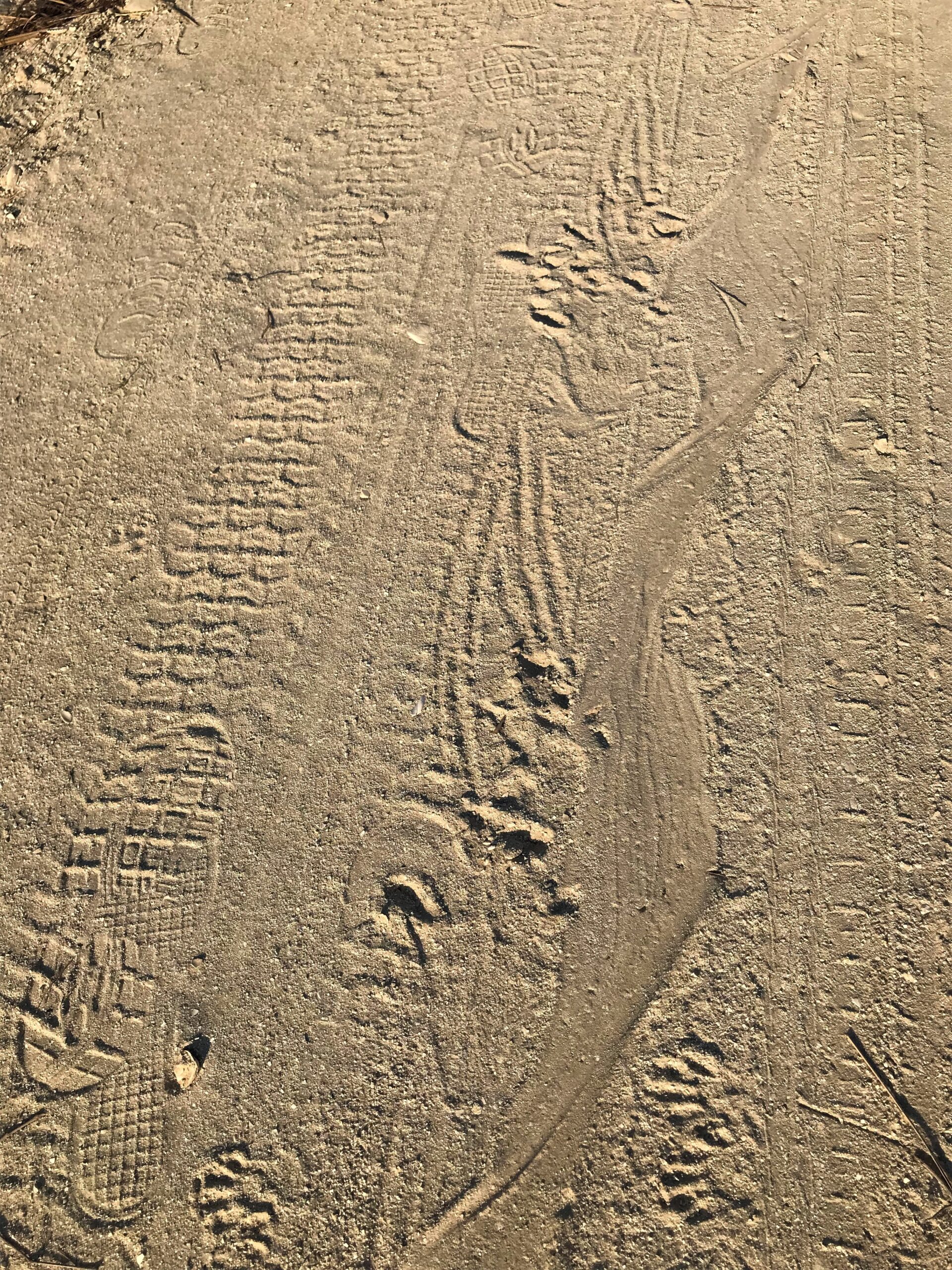
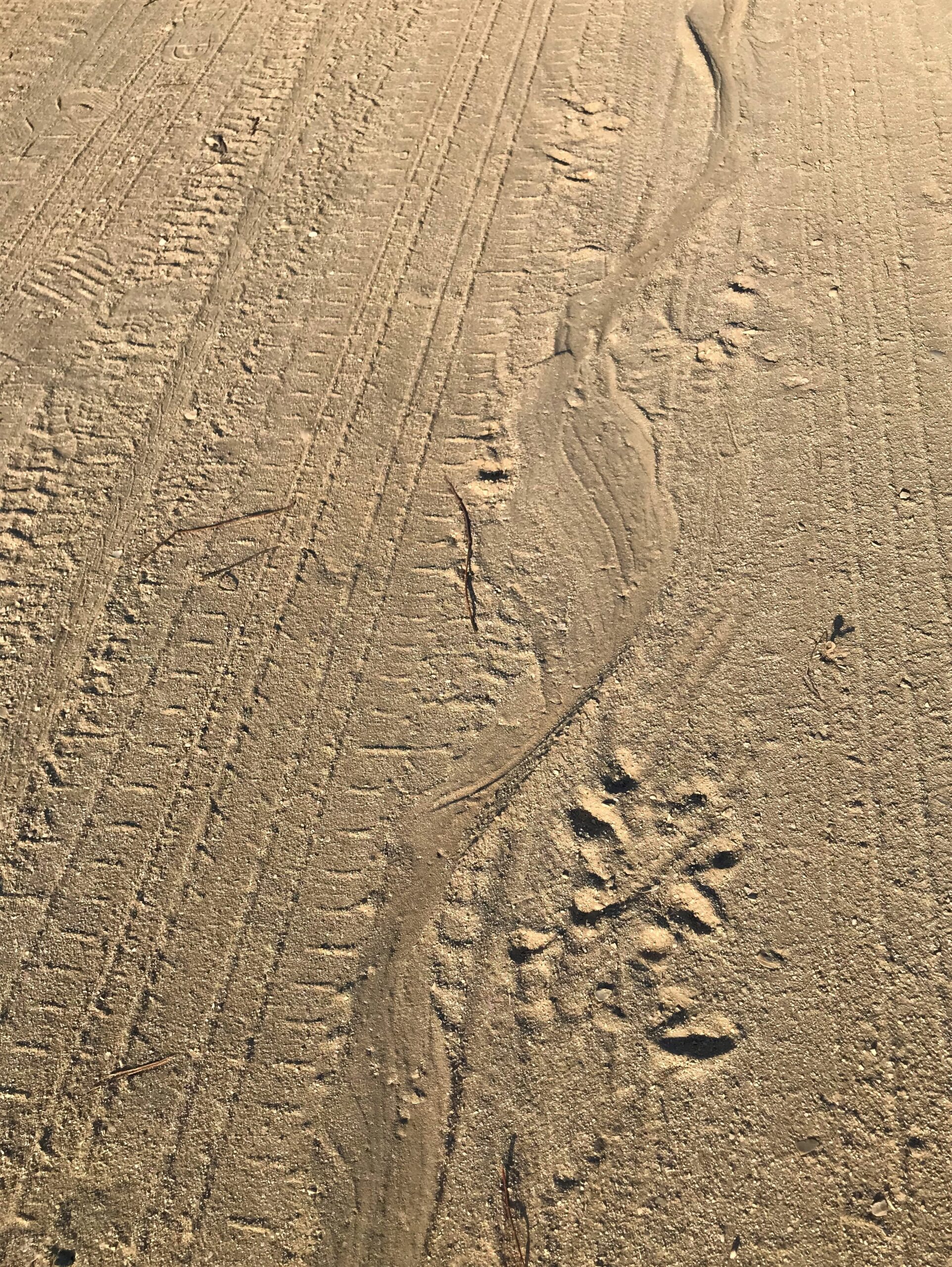
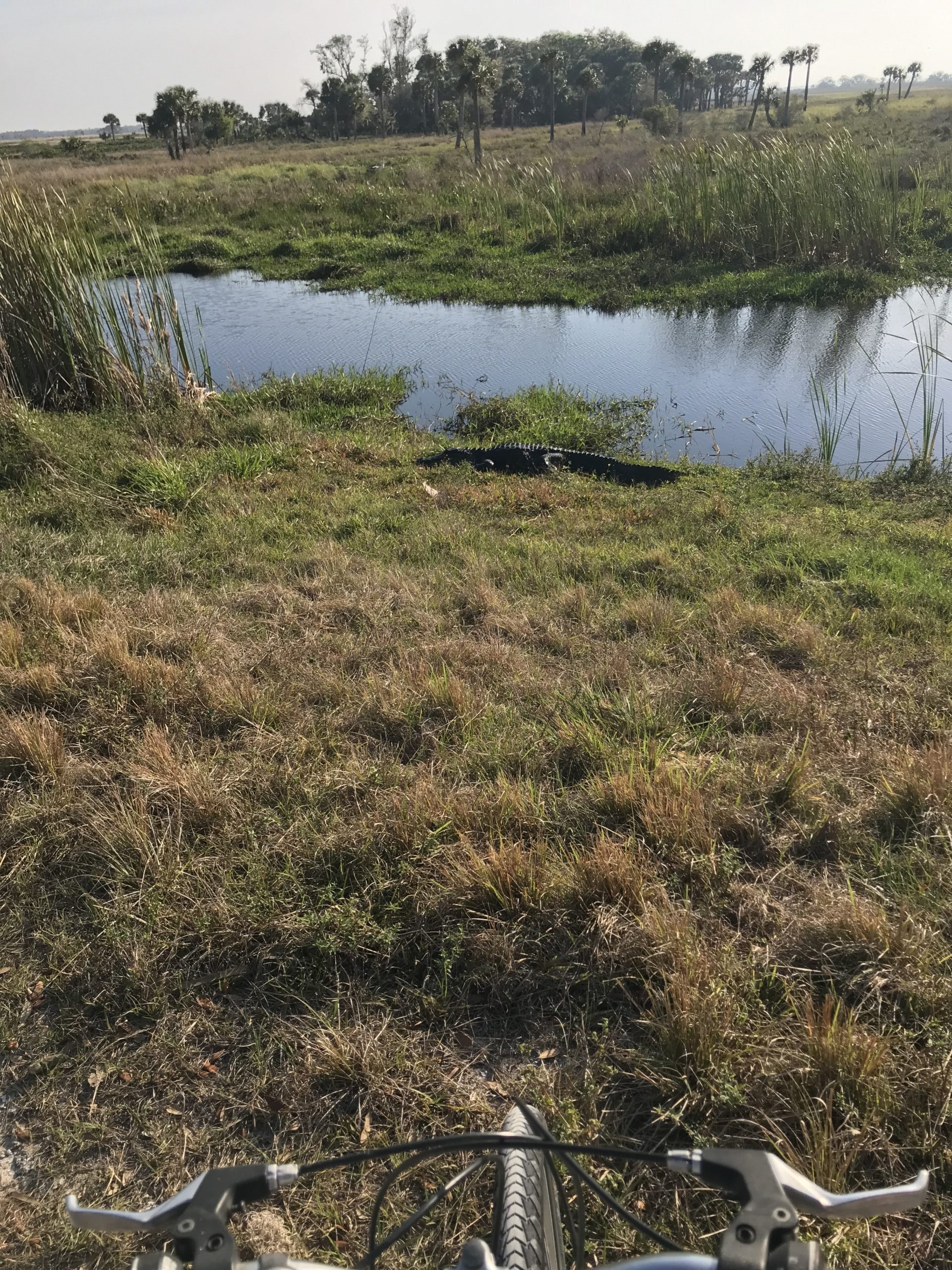


Do you suppose it’s a mama carrying eggs?? Or maybe it just ate something.
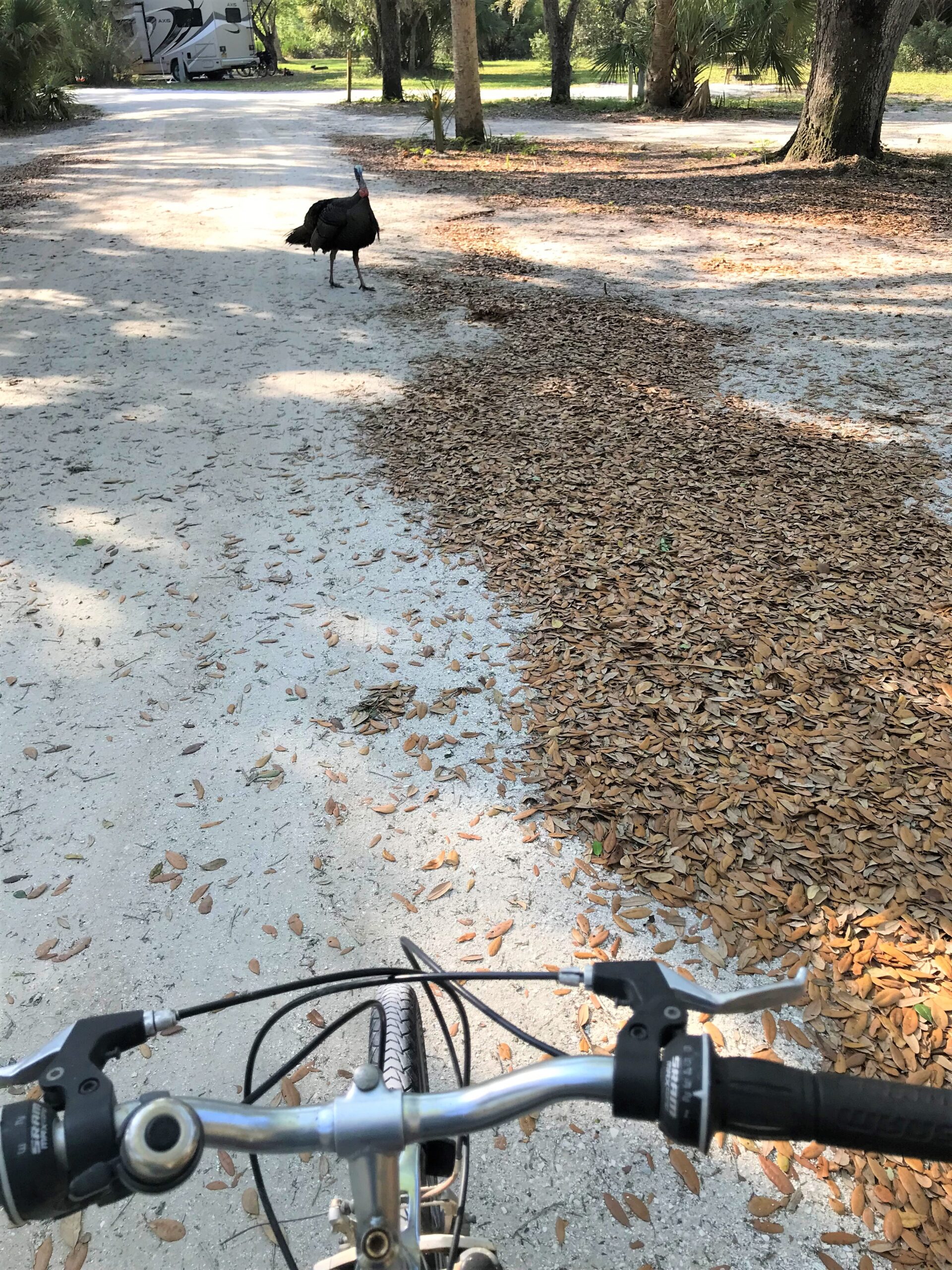
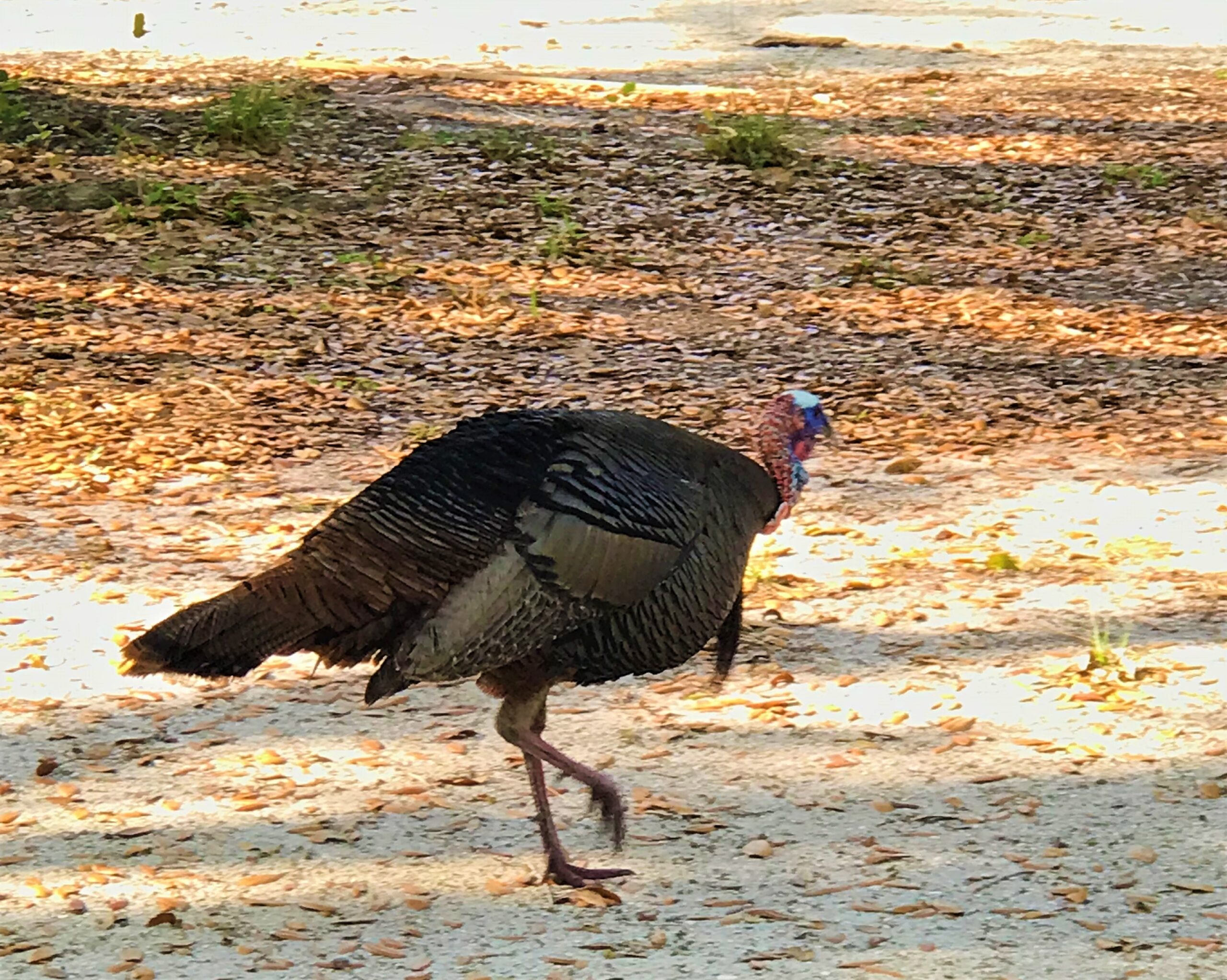
I only made one batch of each kind – Nestles Tollhouse, and chocolate-dipped orange. So why did it take hours and hours? Because with my little oven, I can only bake nine cookies at a time. It’s not a good thing. Having that much time on my hands just makes for easier and more frequent dough sampling. Yikes!
We also received some pictures from family – my cousin and our oldest son and daughter-in-law.
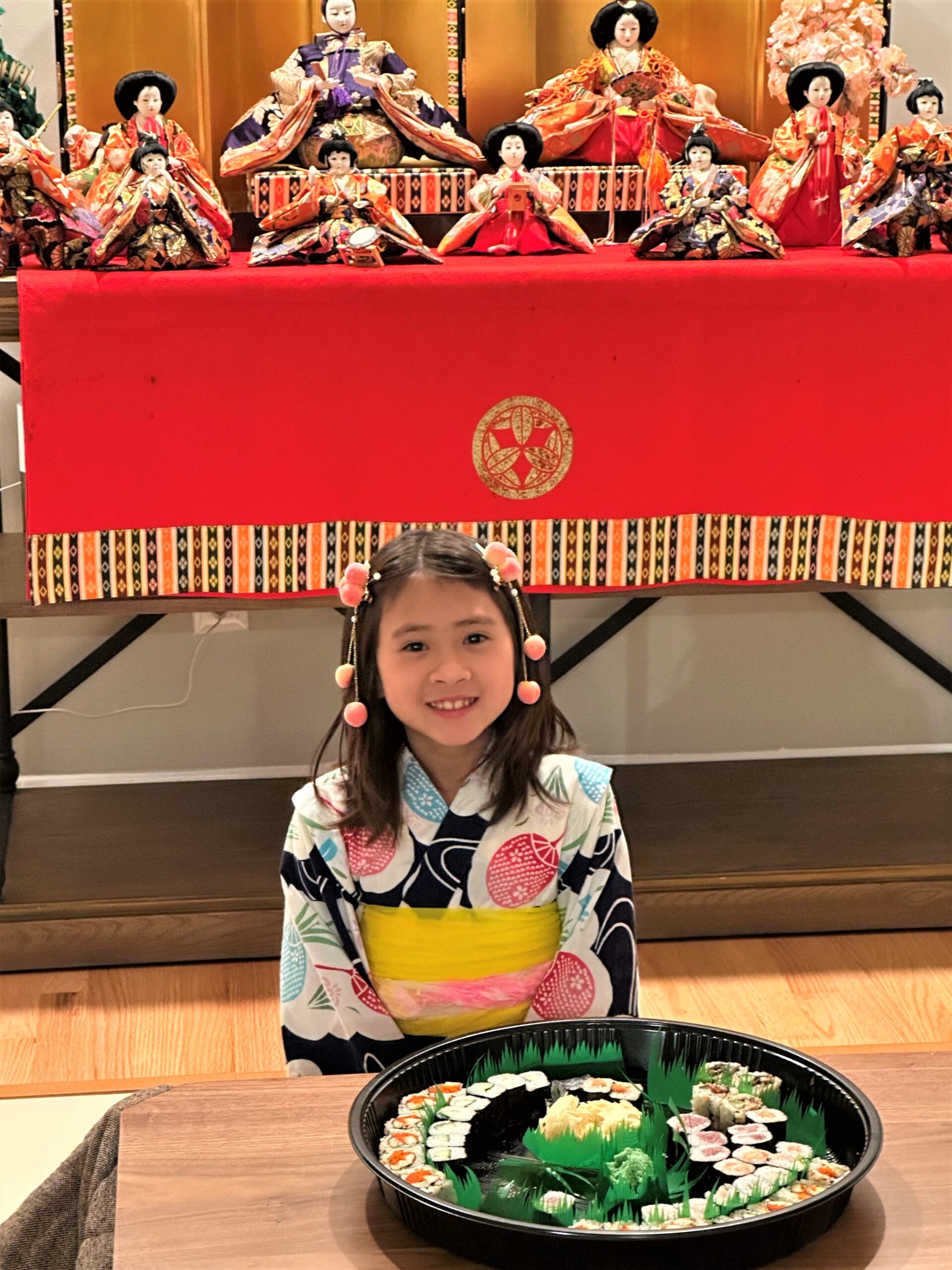
They were doing a photo shoot at a friend’s house.
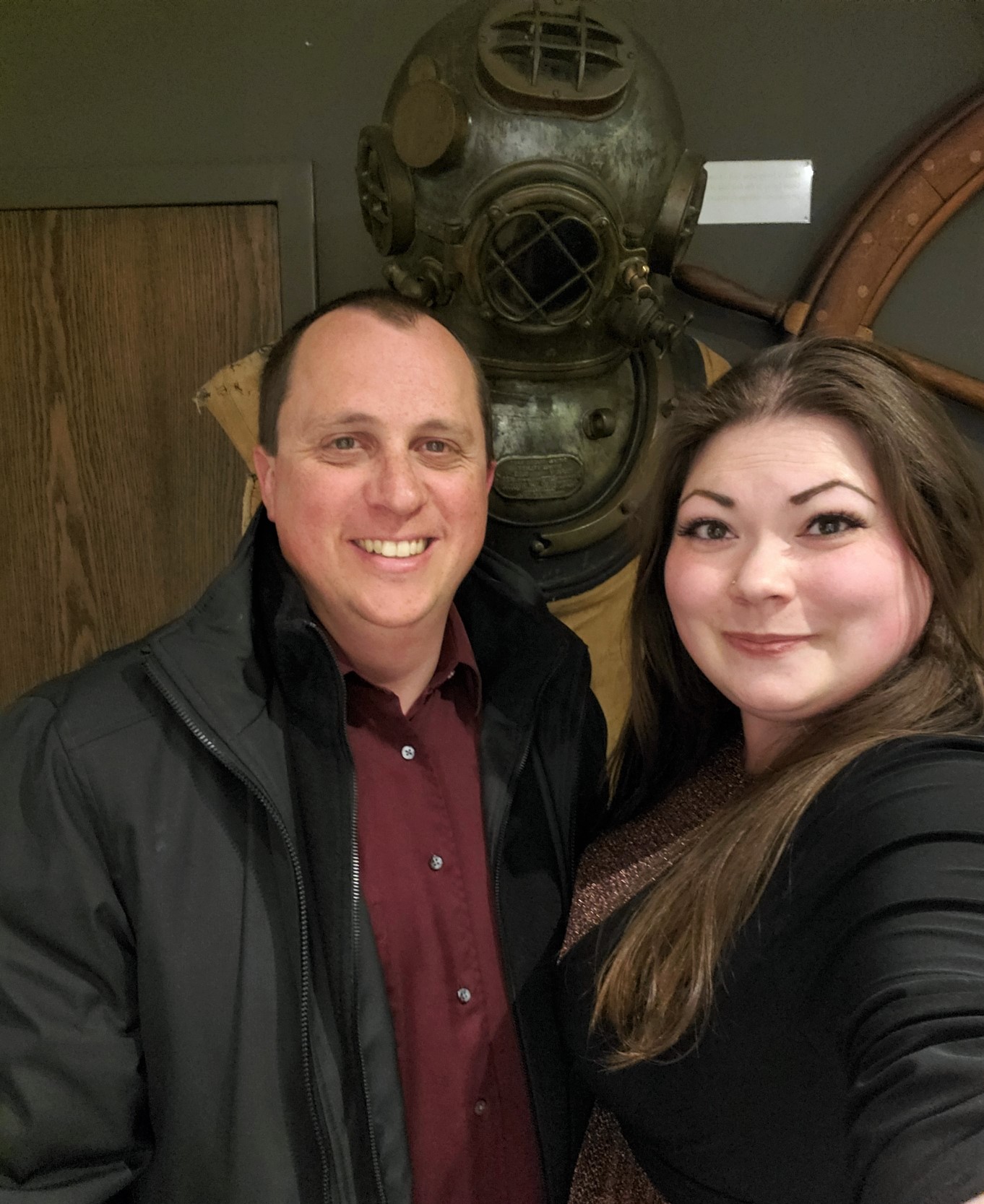
On March 5th, there were actual, real, bonified, honest-to-goodness, clouds! It was still promising to be warm today, but at least there was shade, so we did a three-hour bike tour. Remember that gate we turned around at that I mentioned the other day? Today, we went beyond! Waaay beyond! There wasn’t a lot because it was all leased pasture land, but we came up with a few odds and ends to share – as we usually do. Ya gotta love exploring!
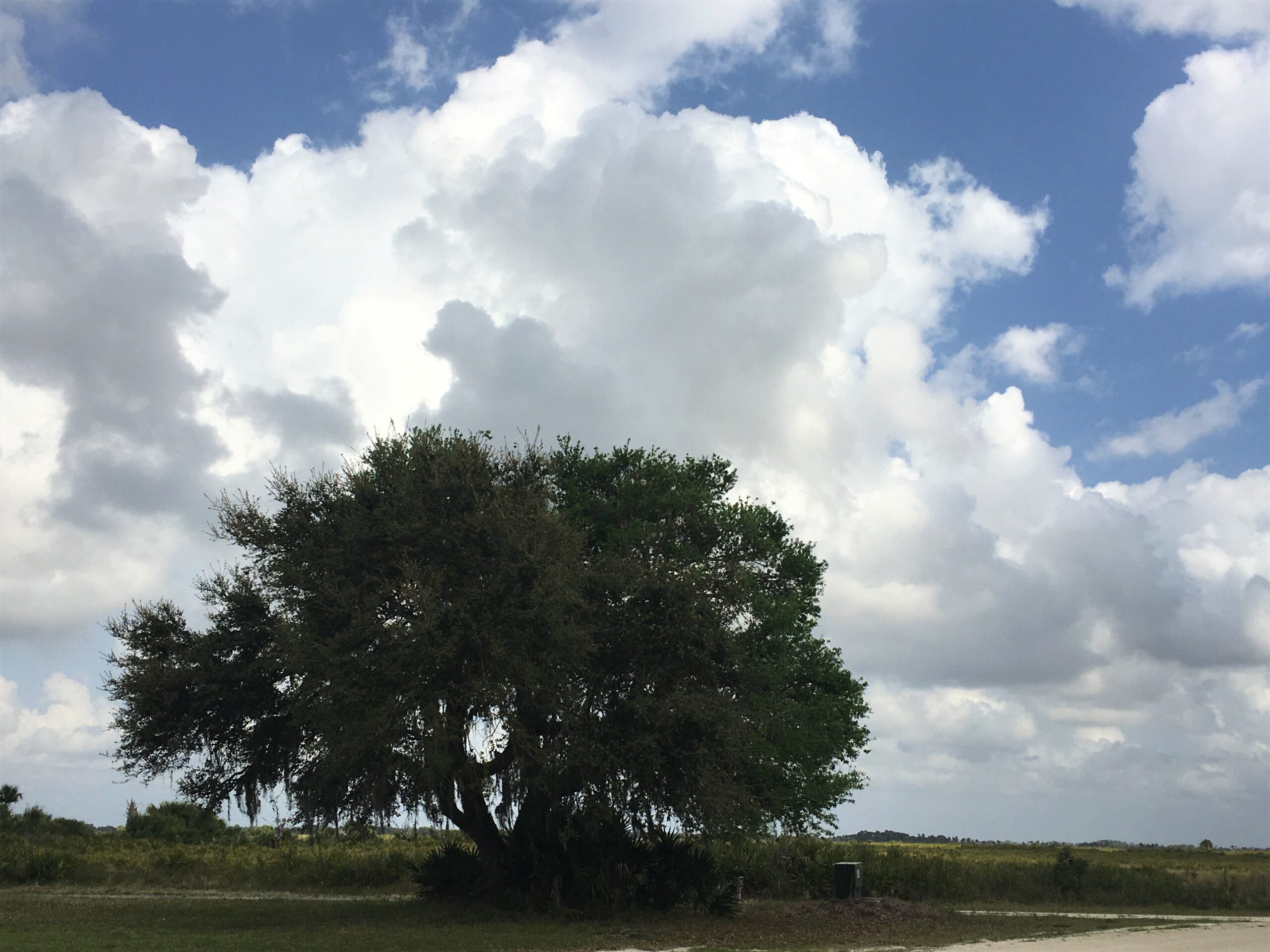
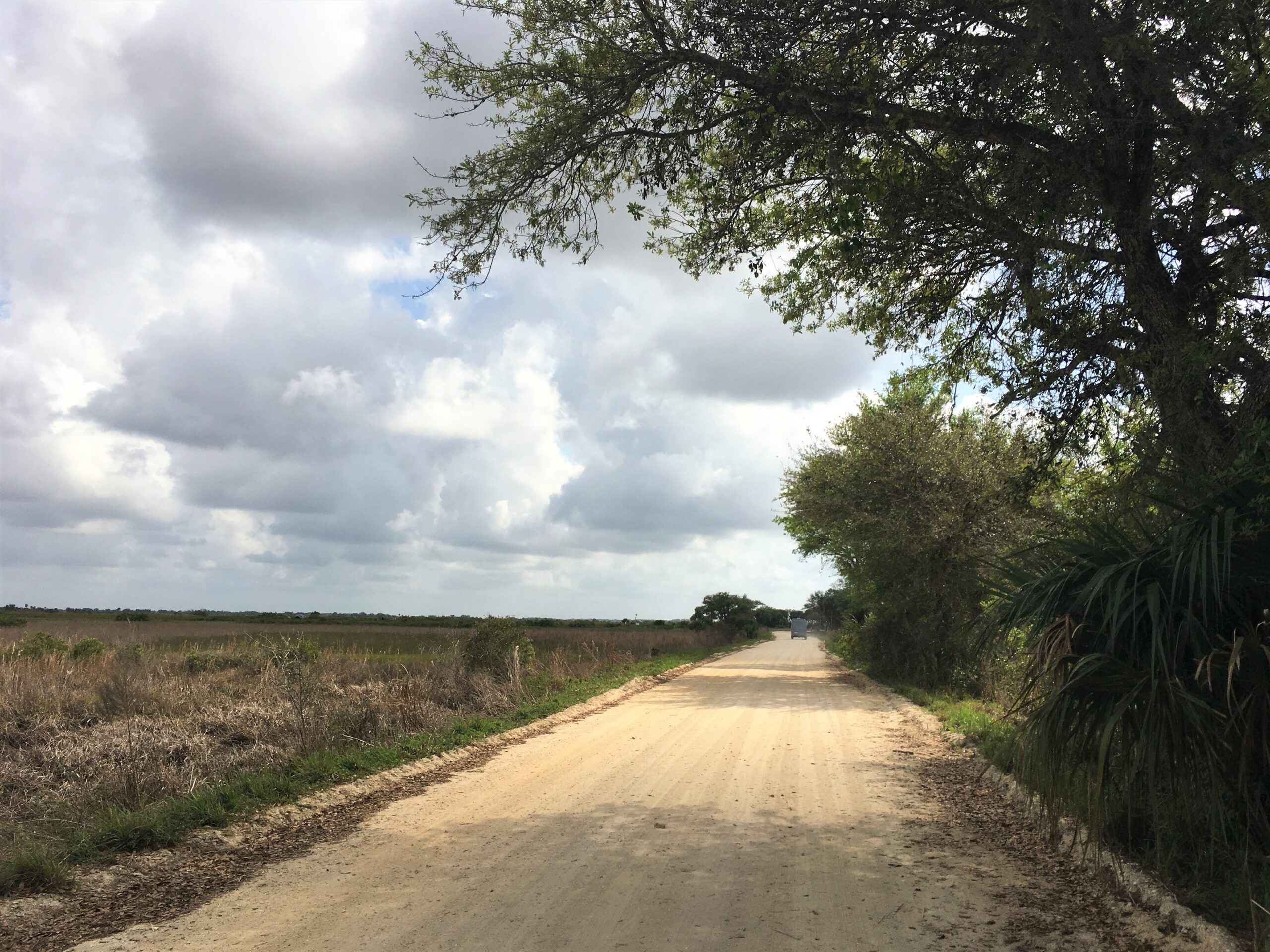
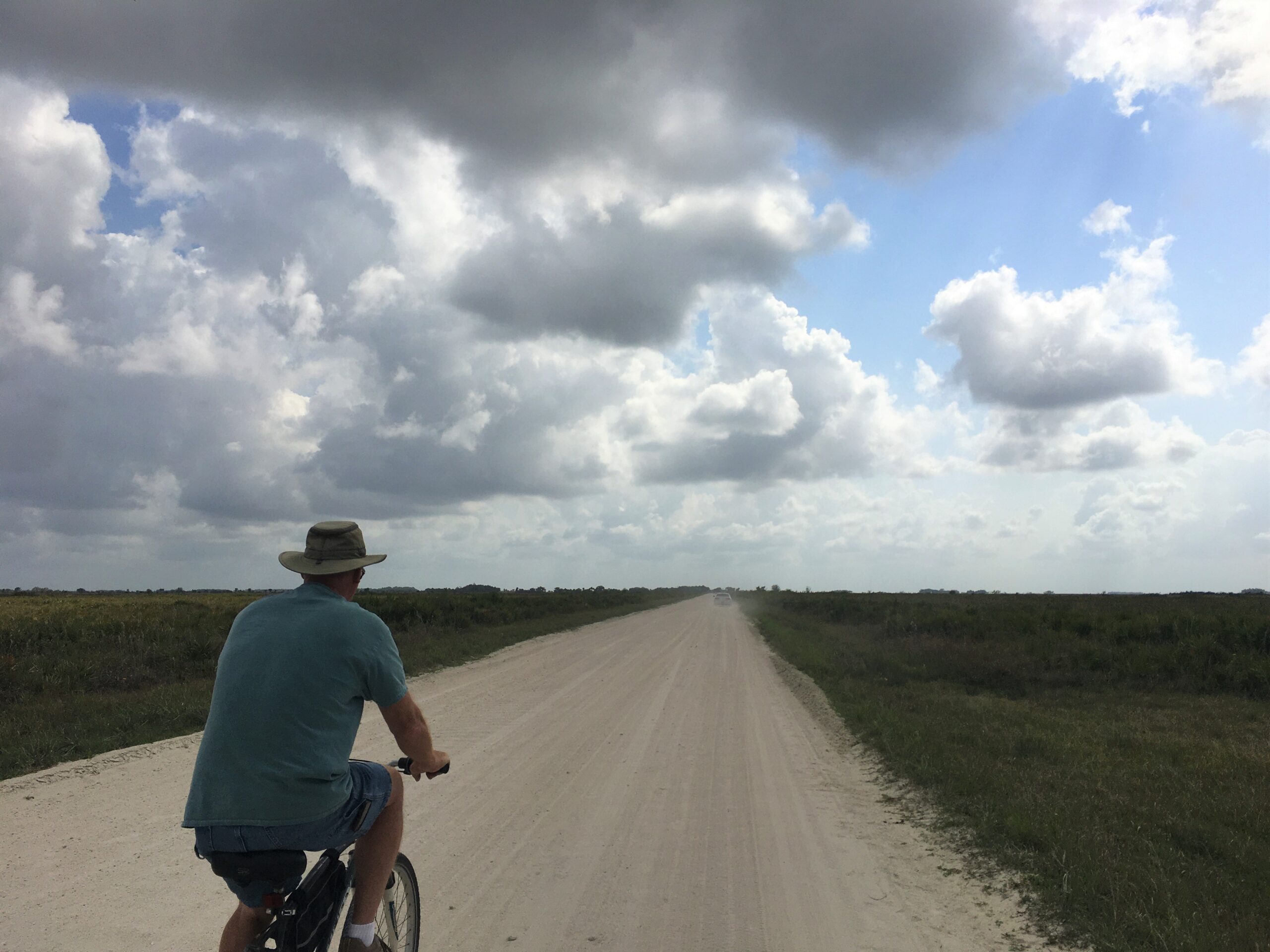
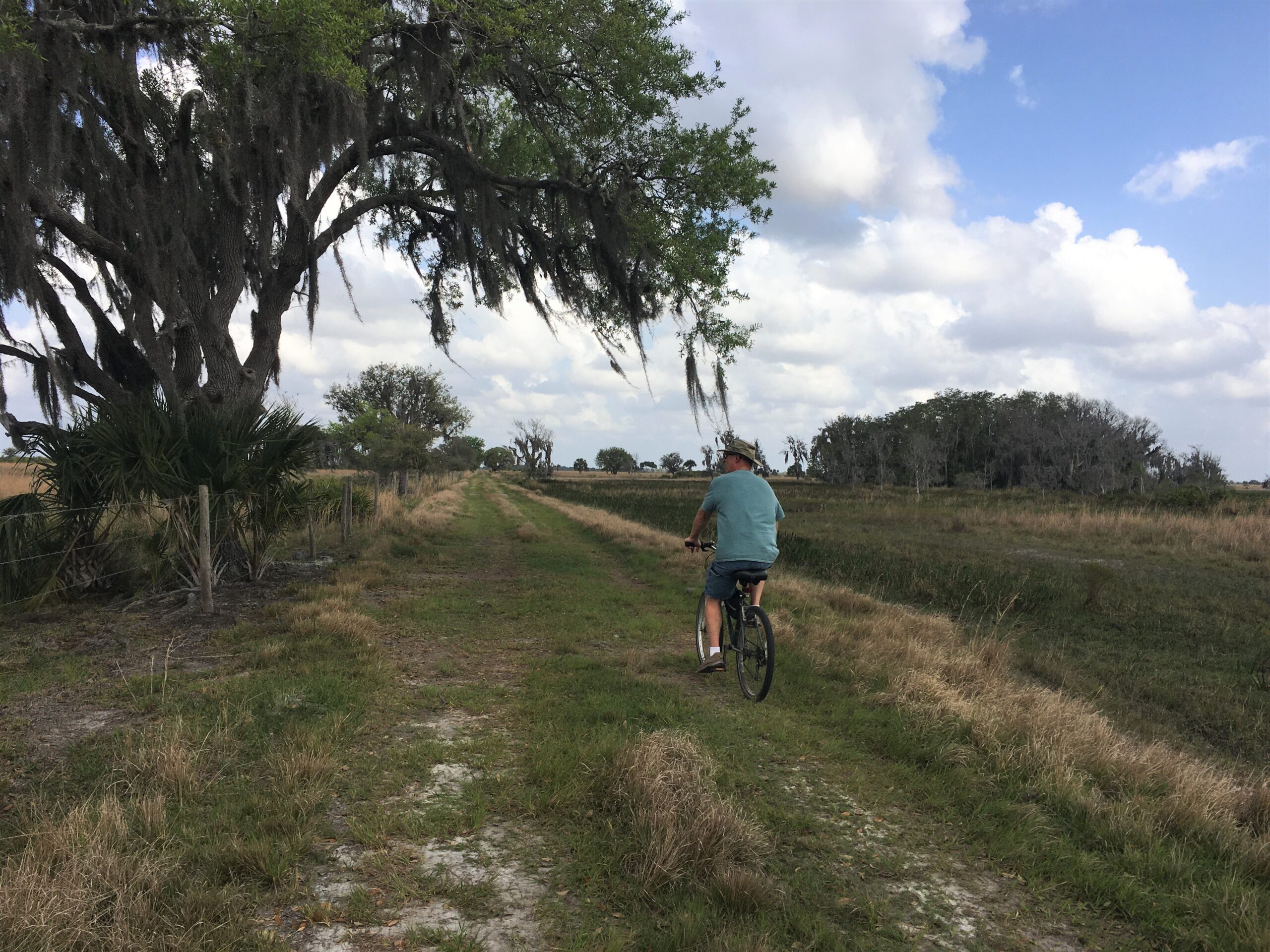
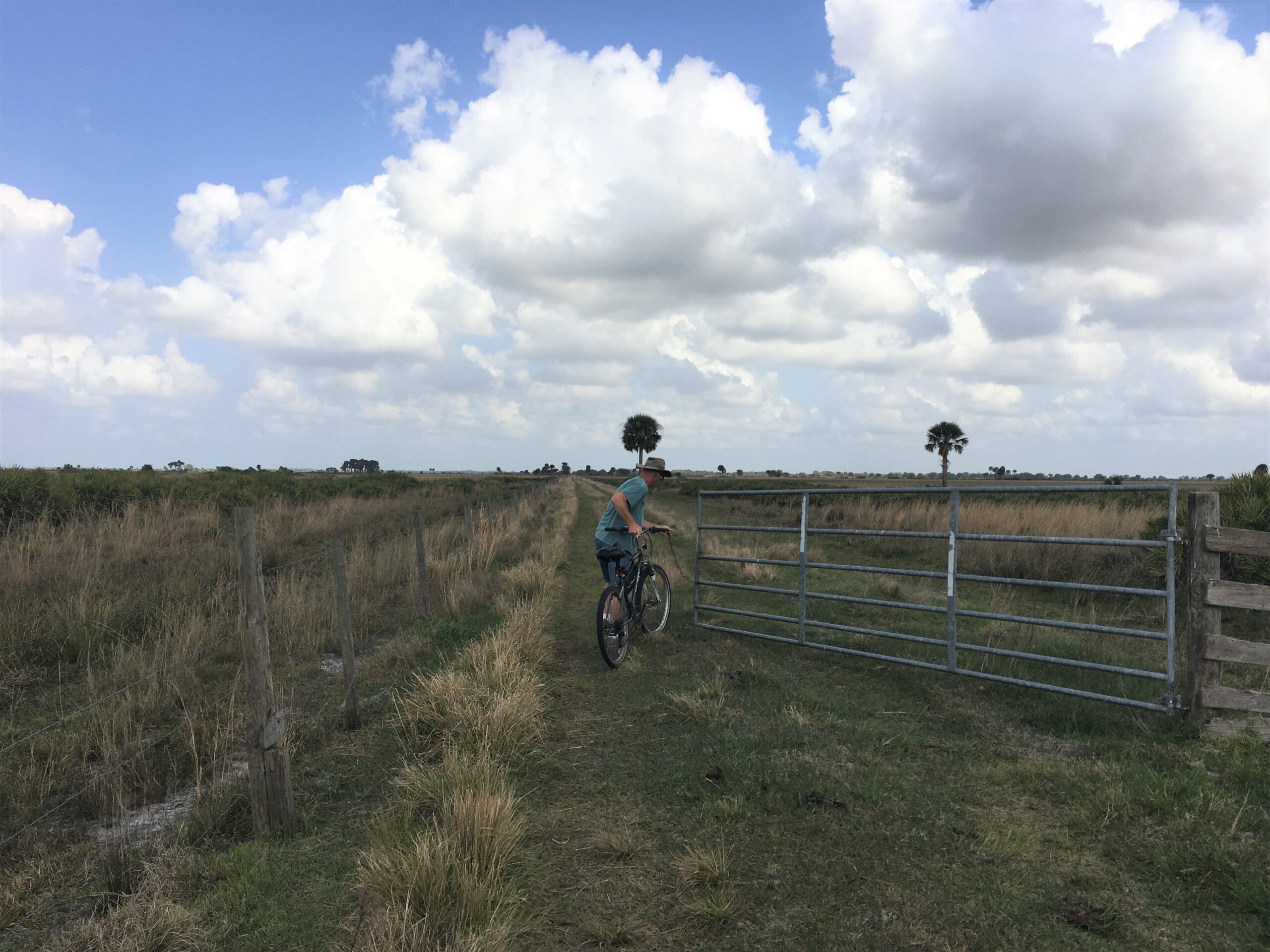
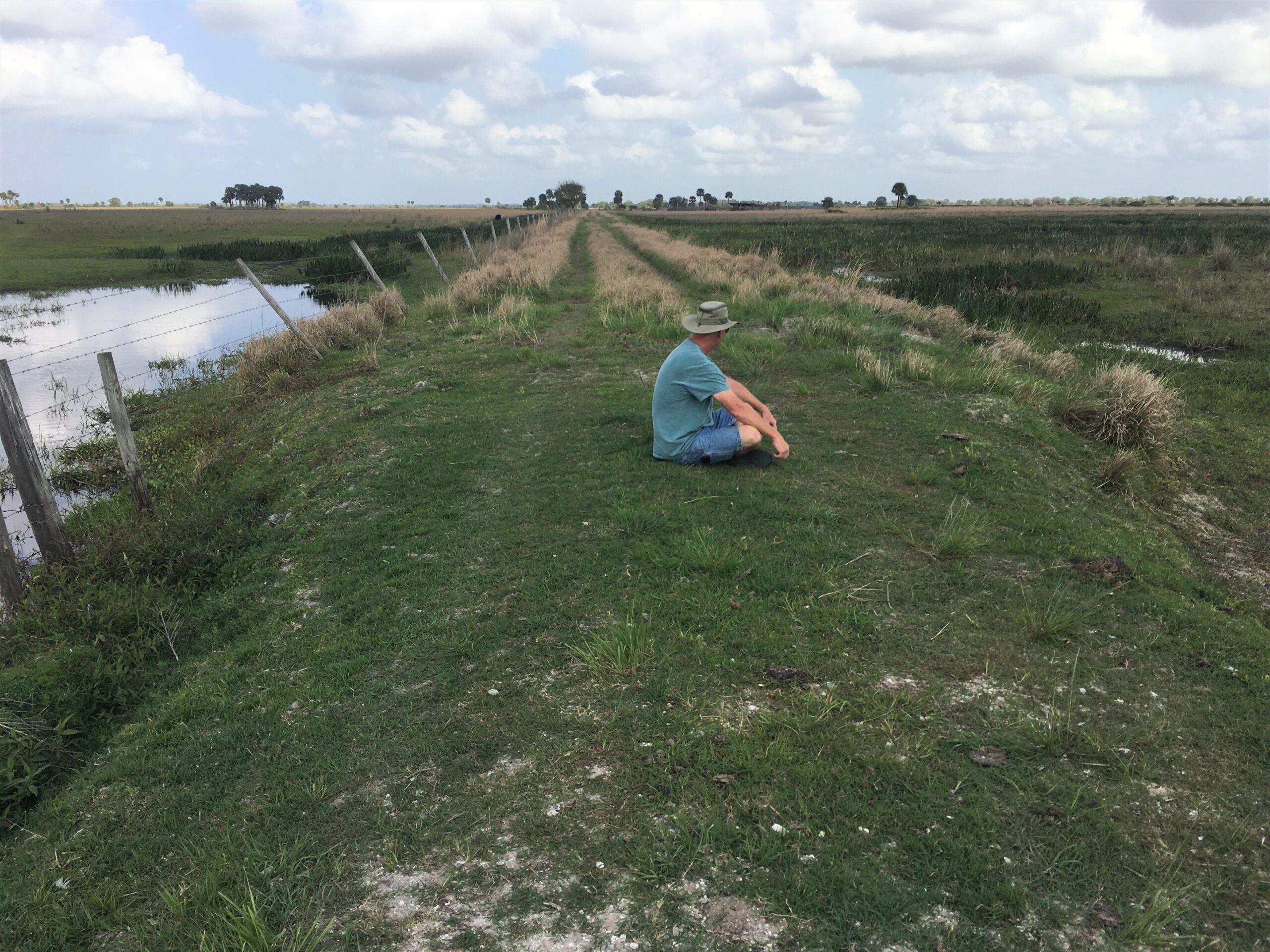
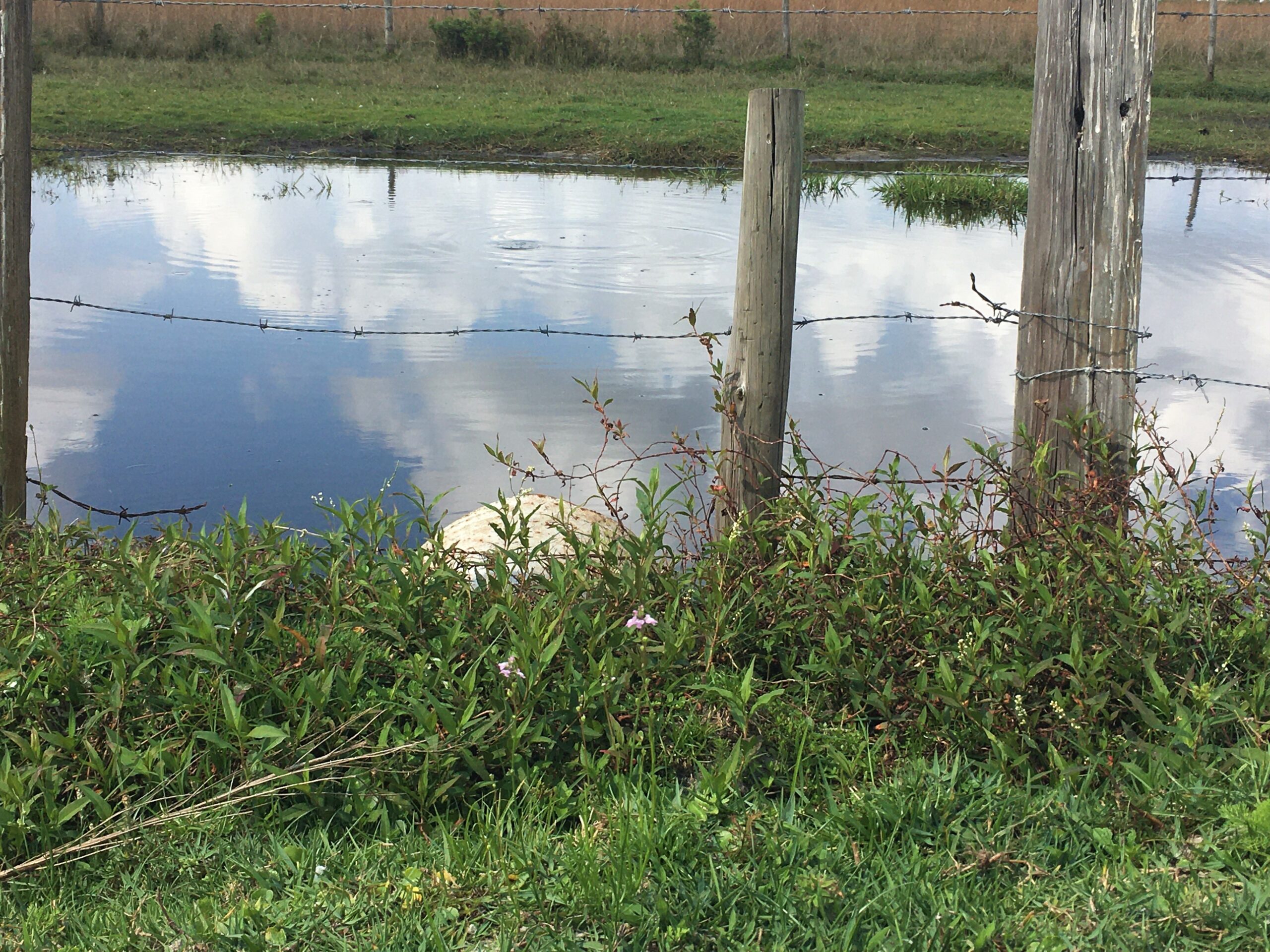

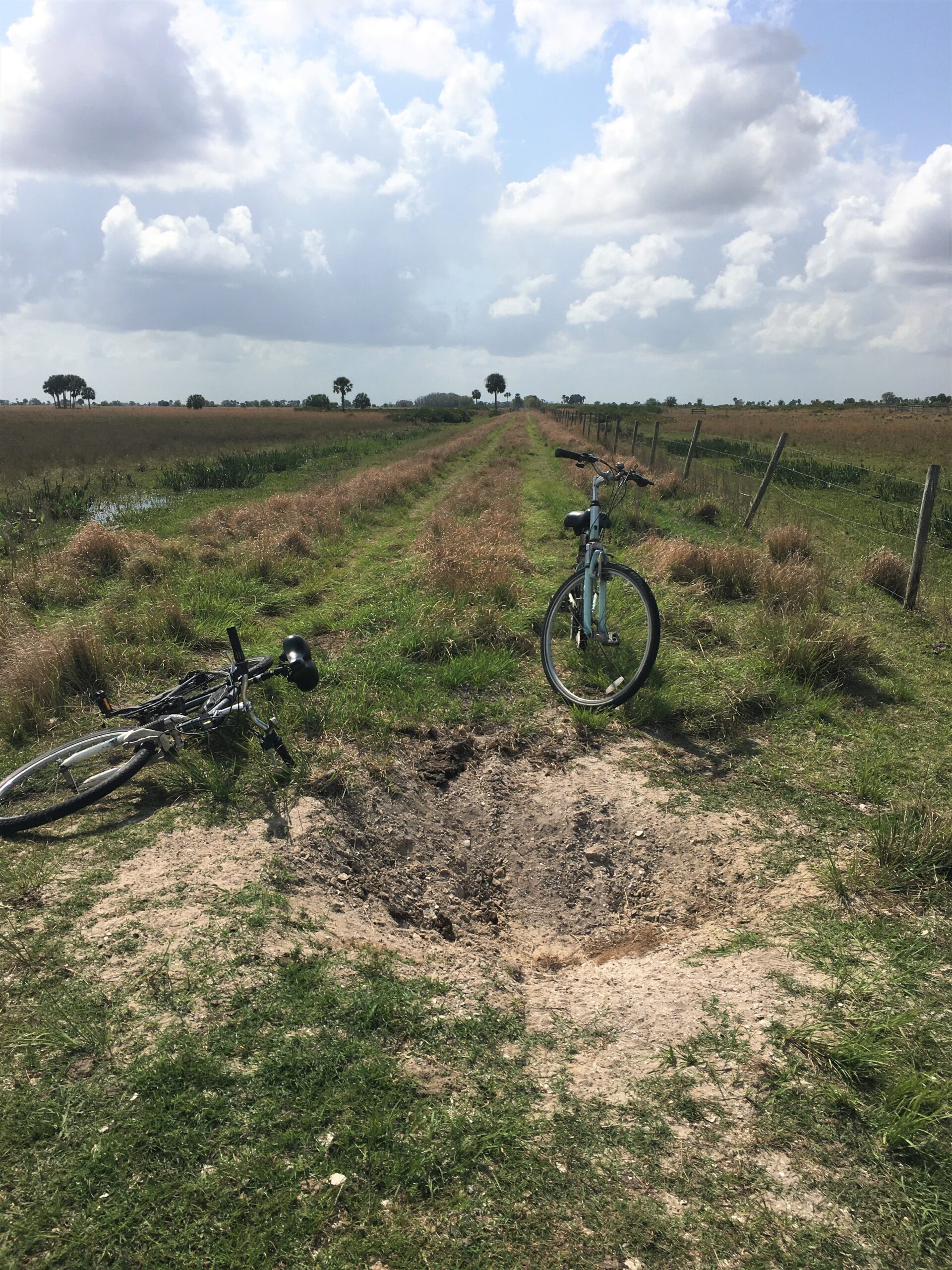
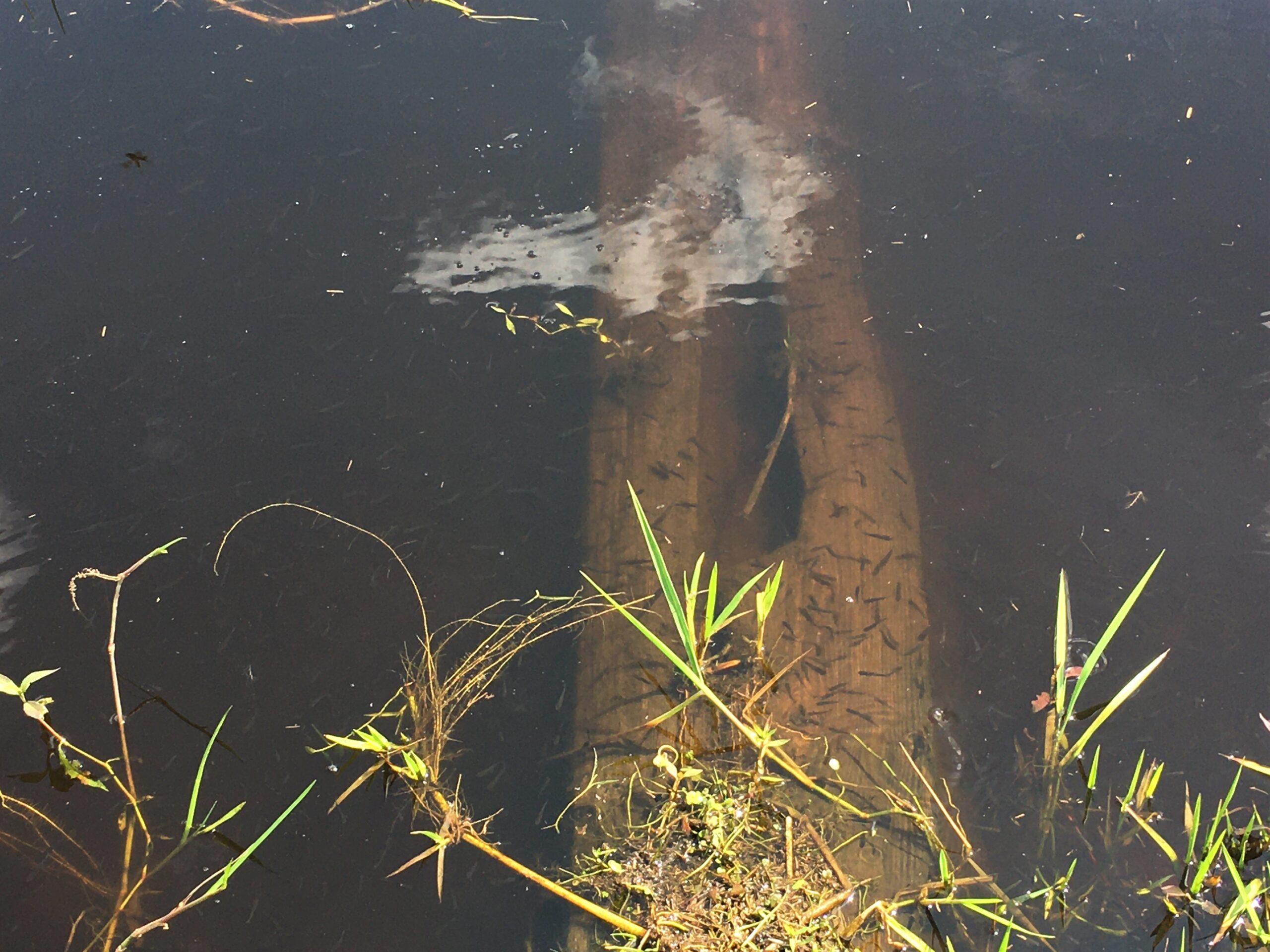
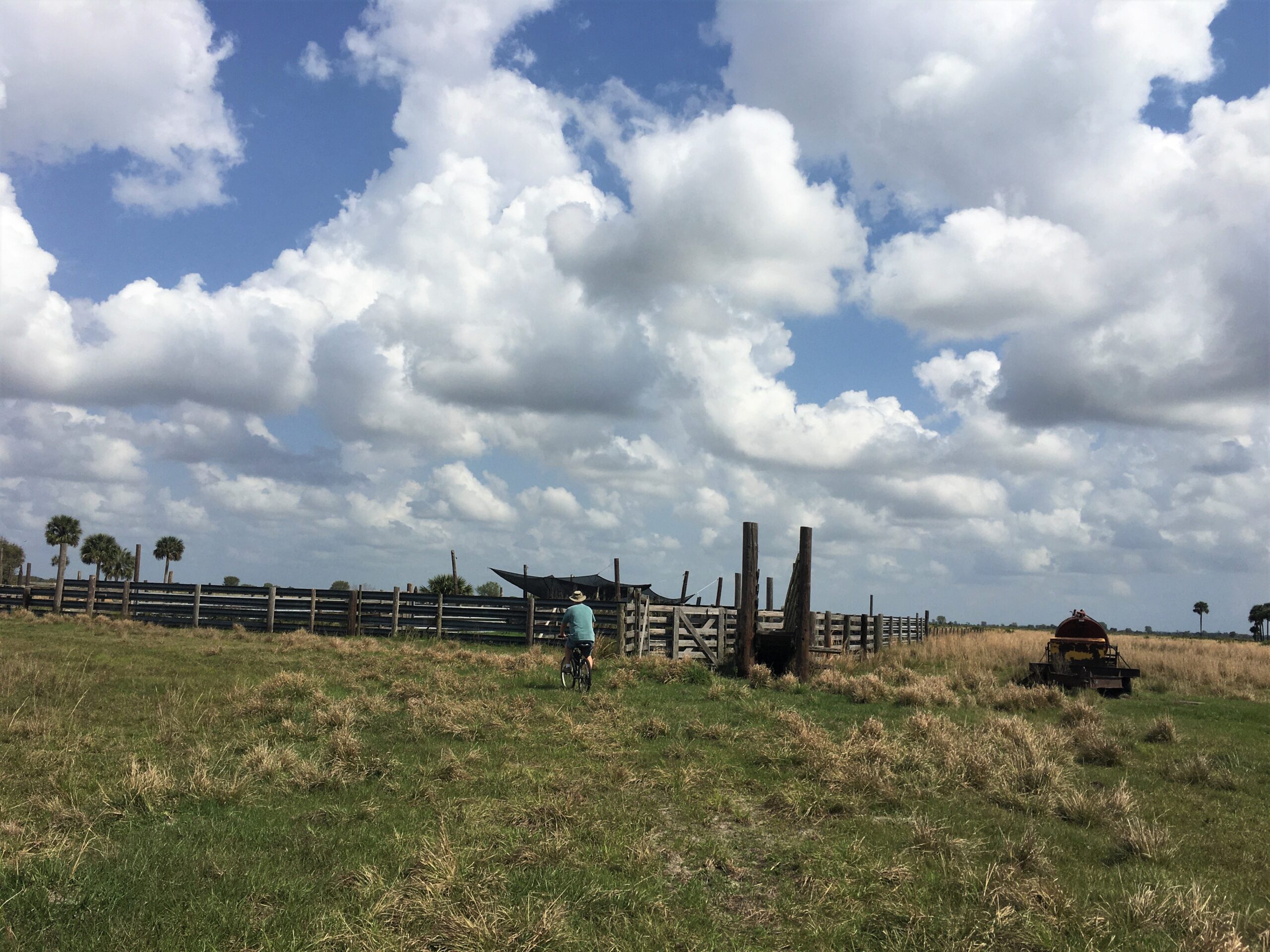
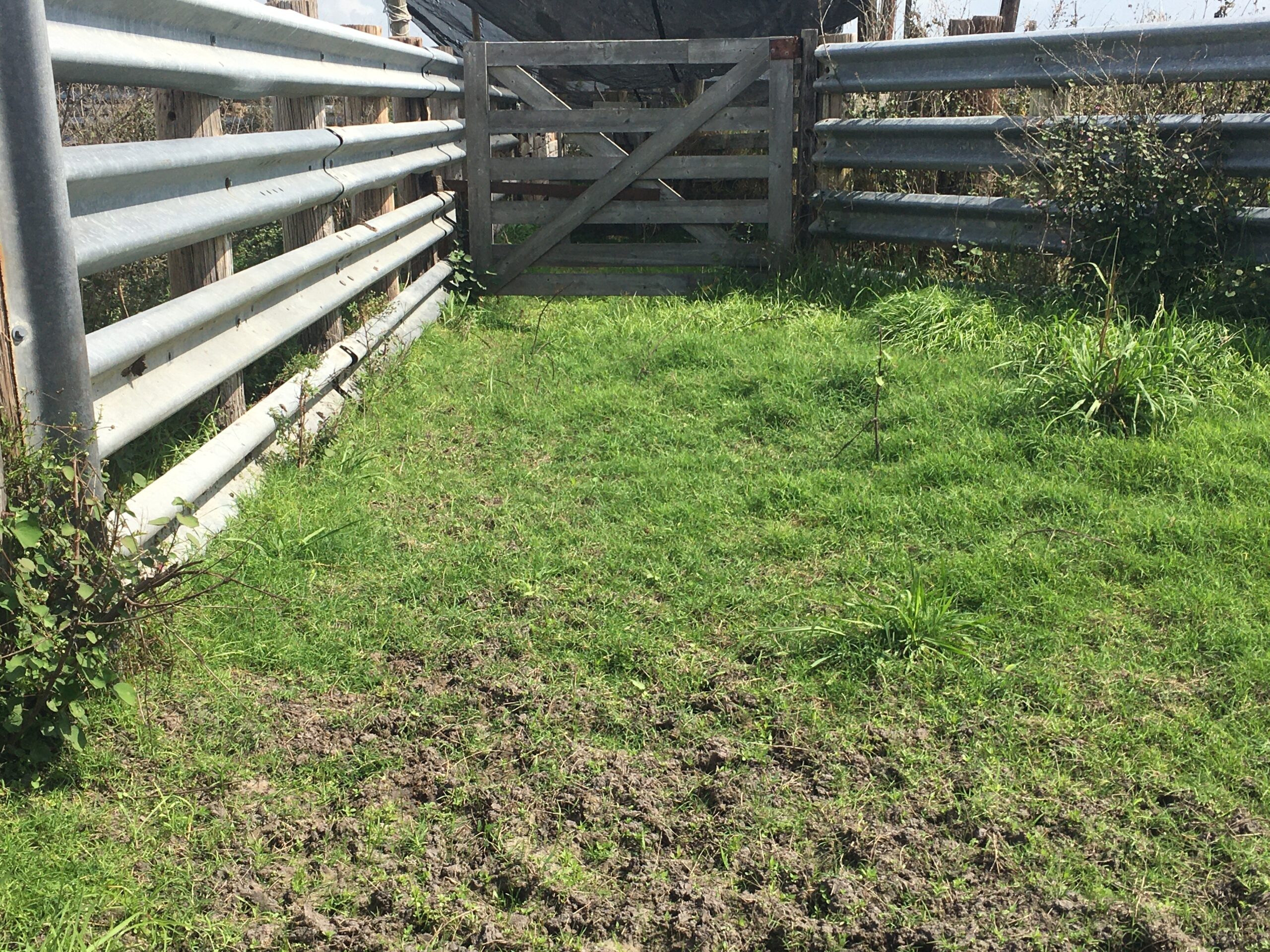
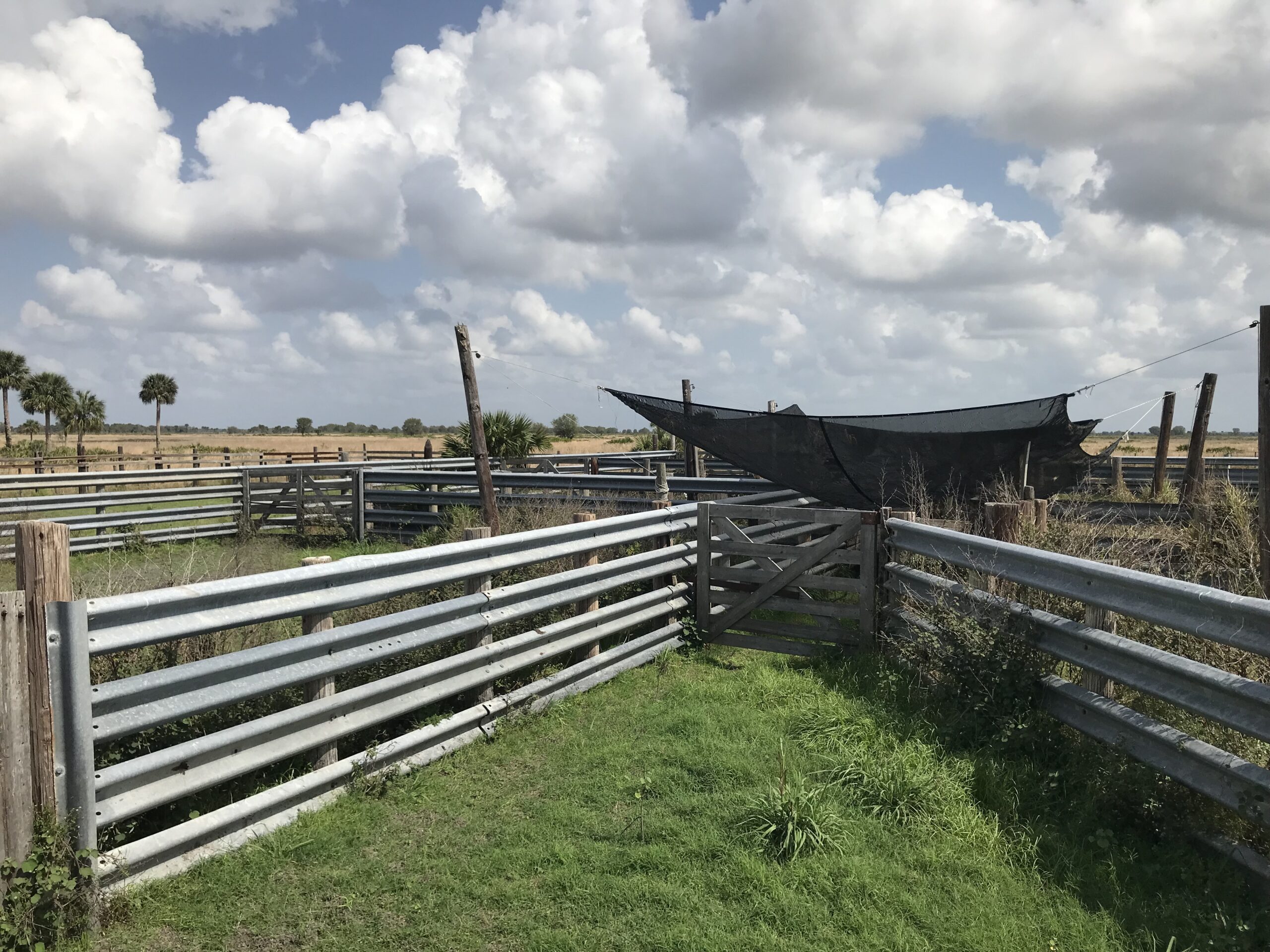
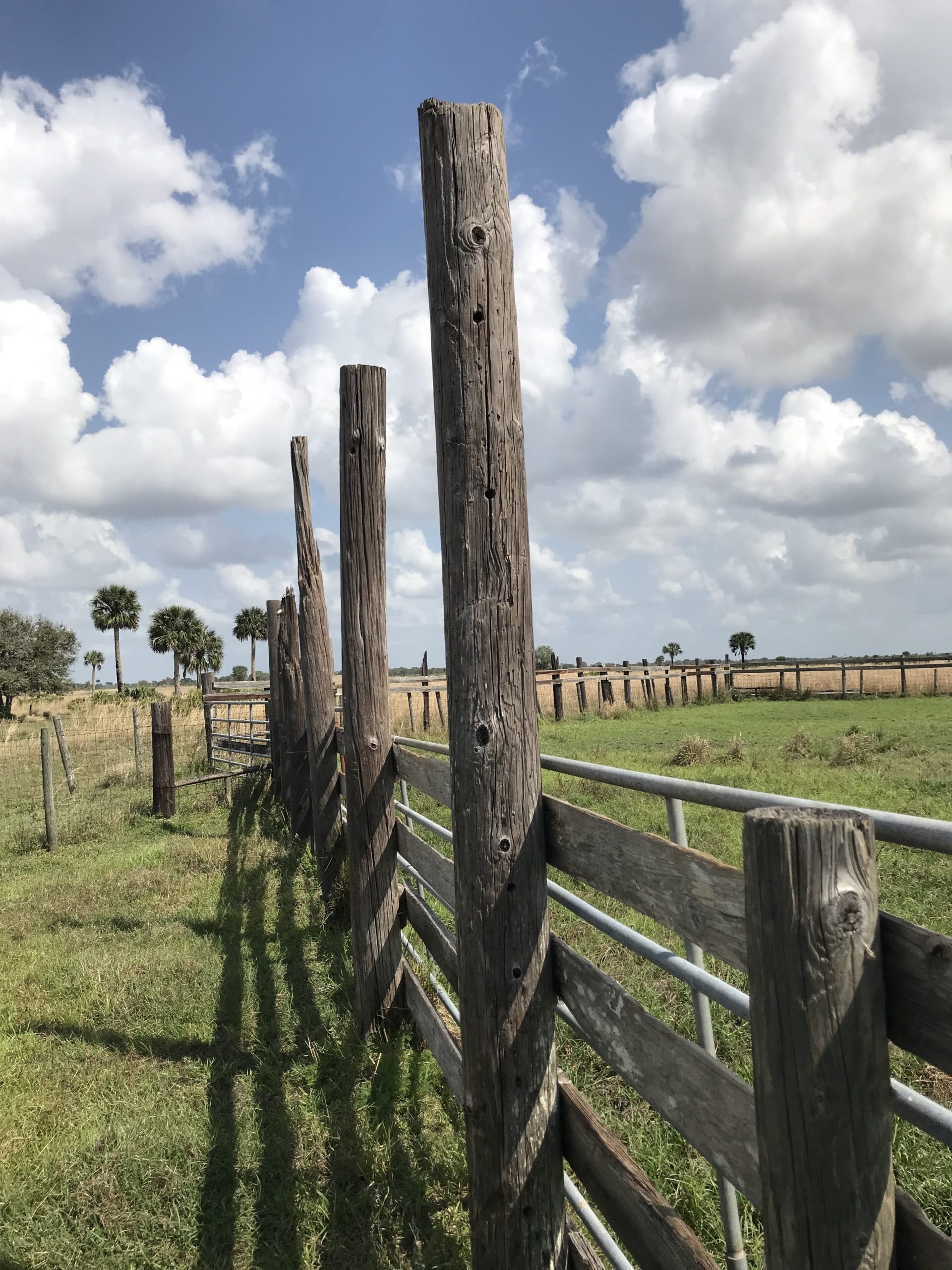
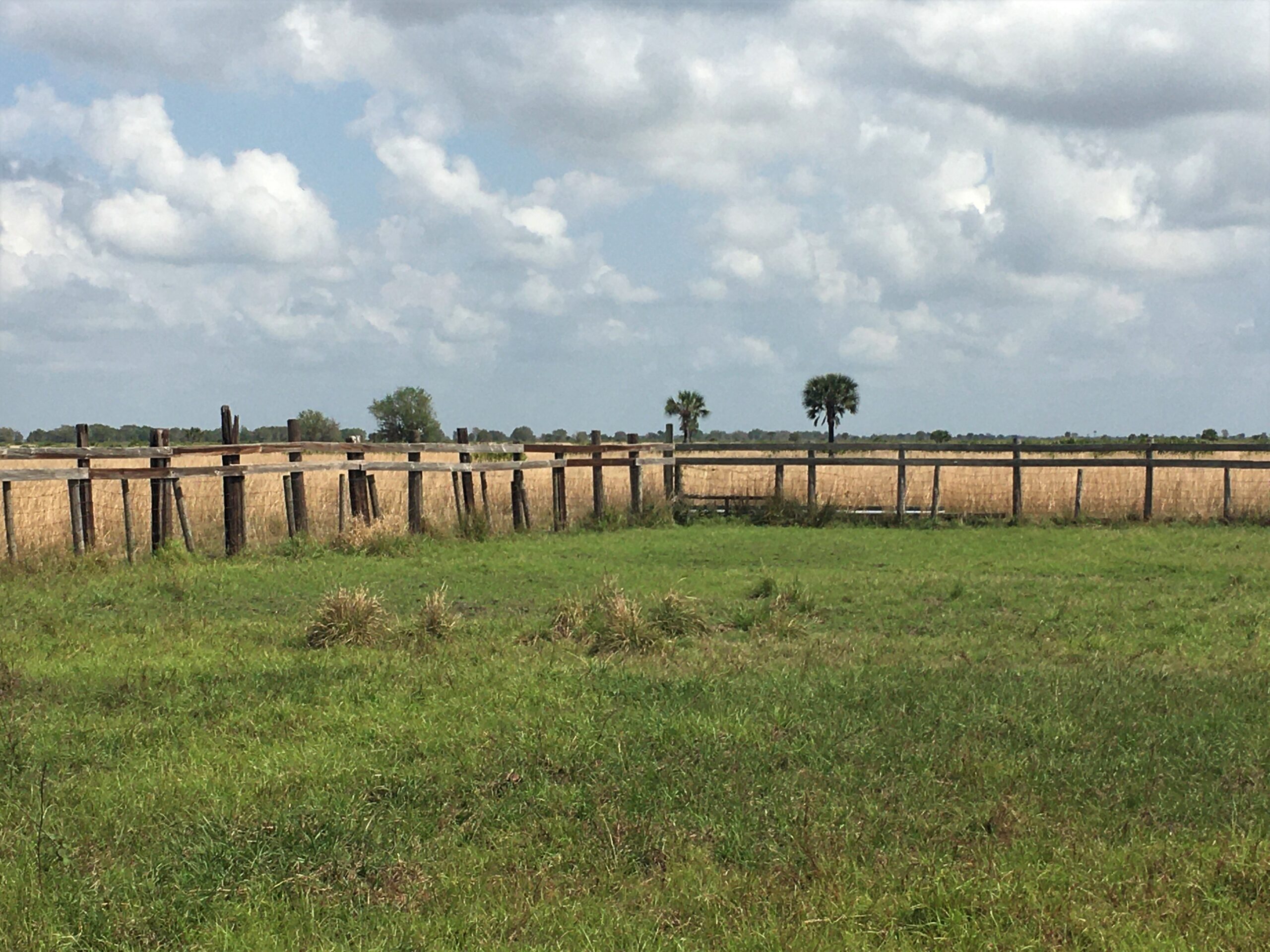
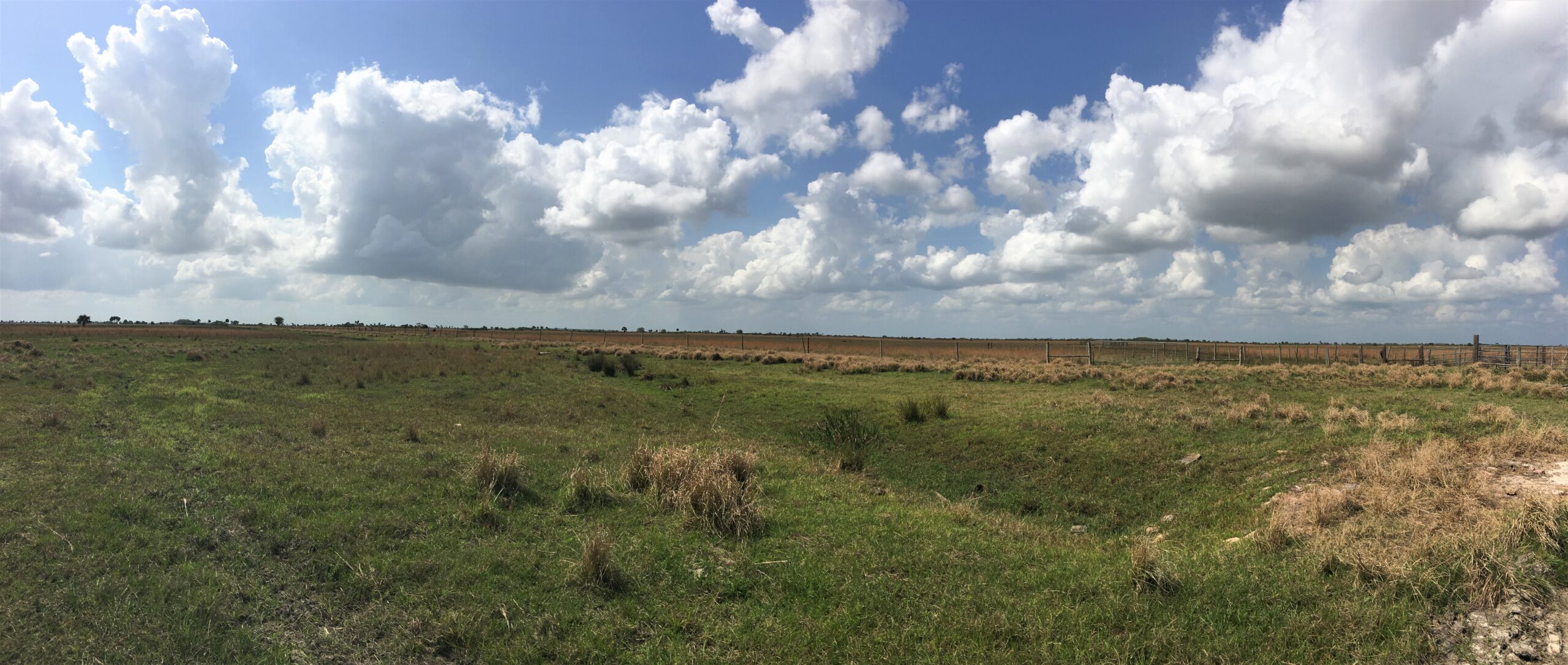
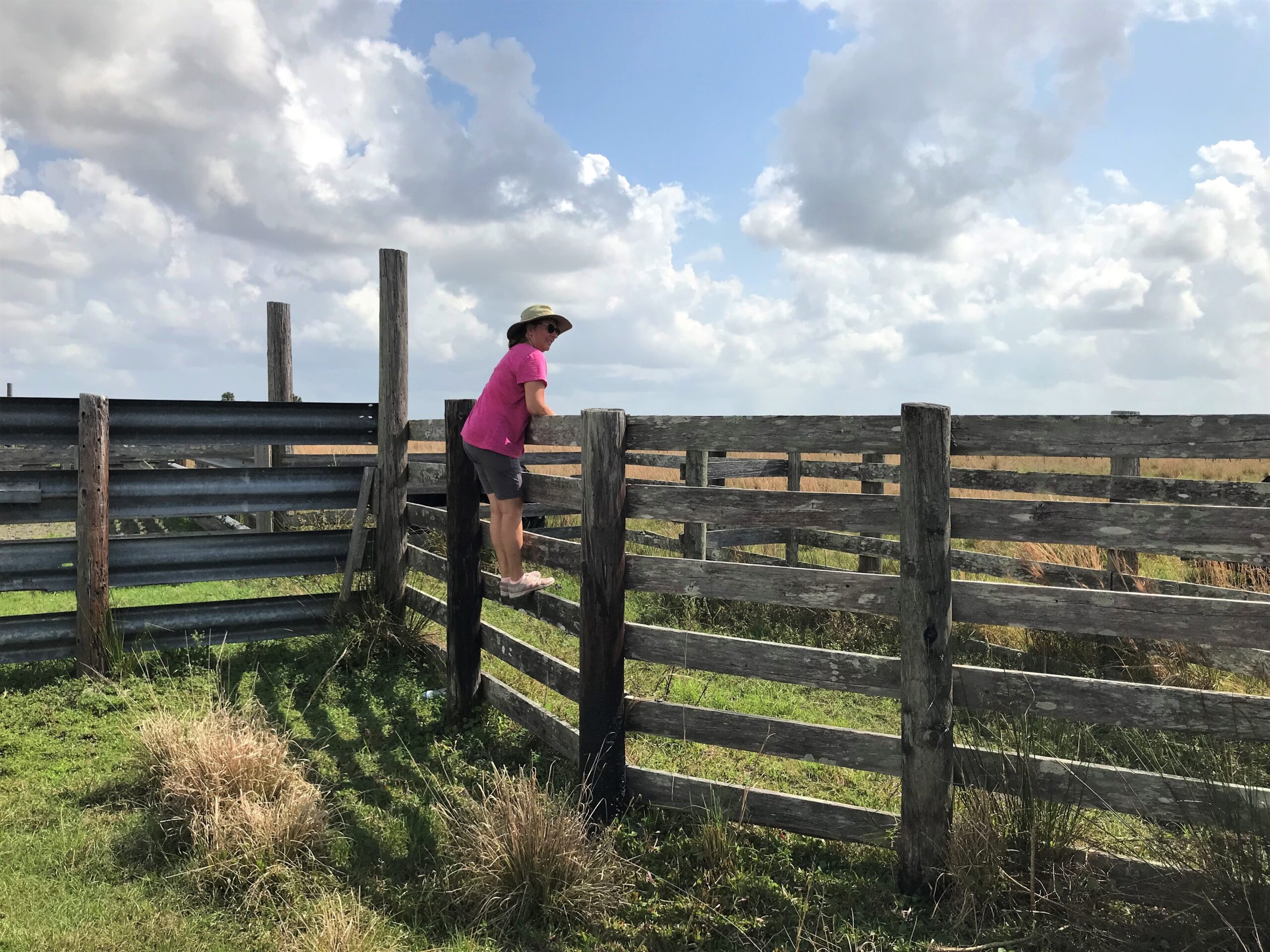
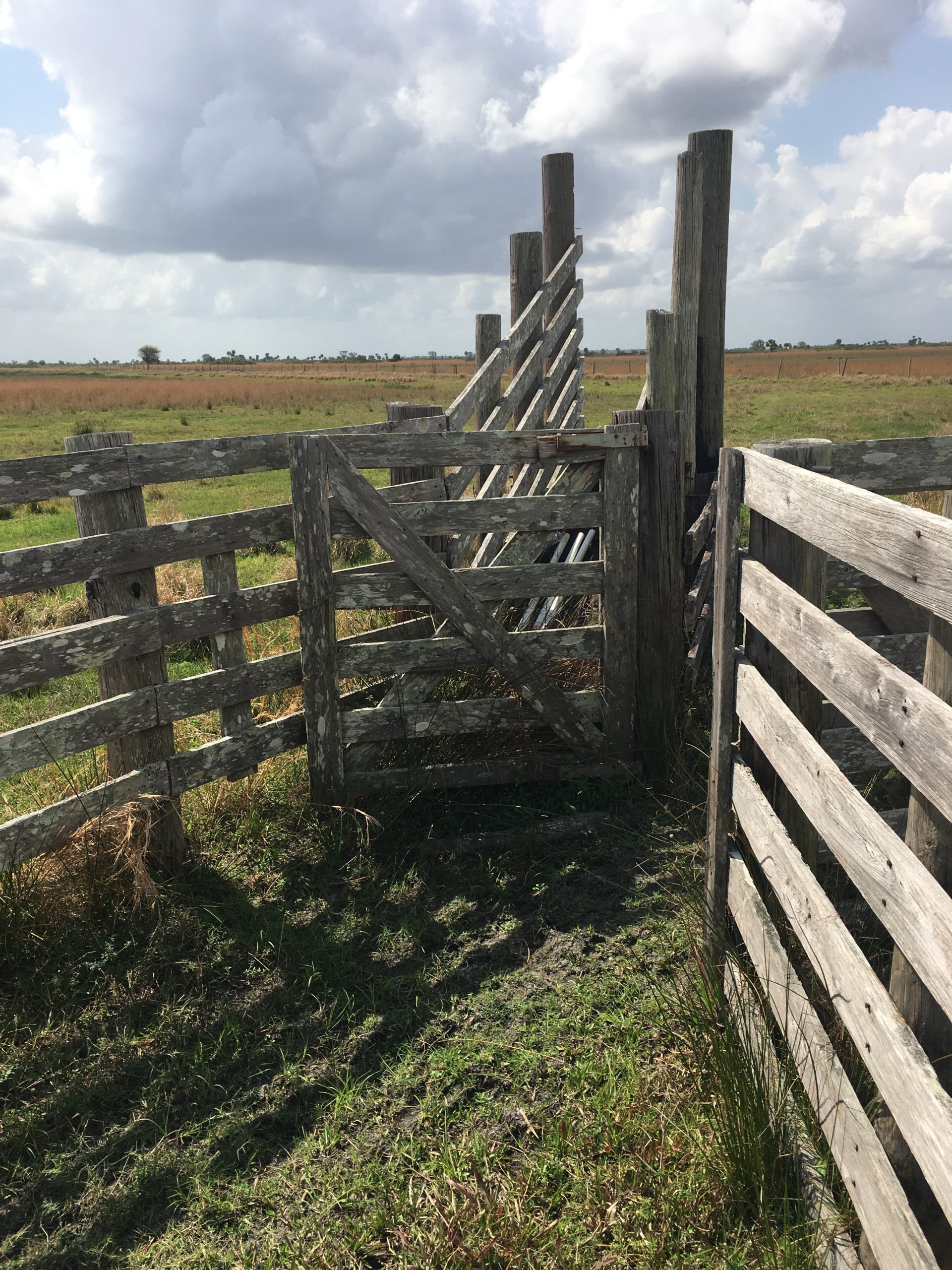
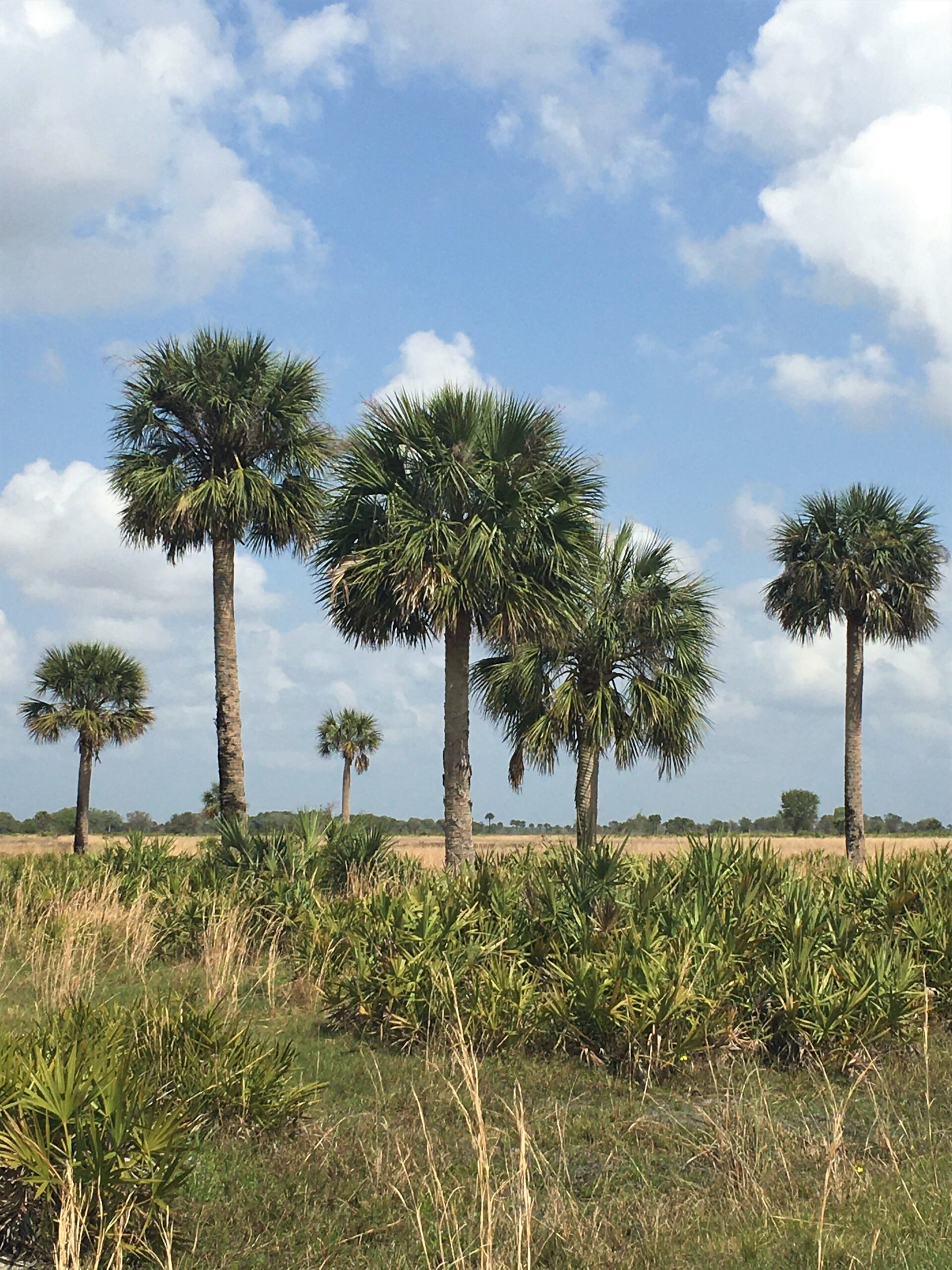
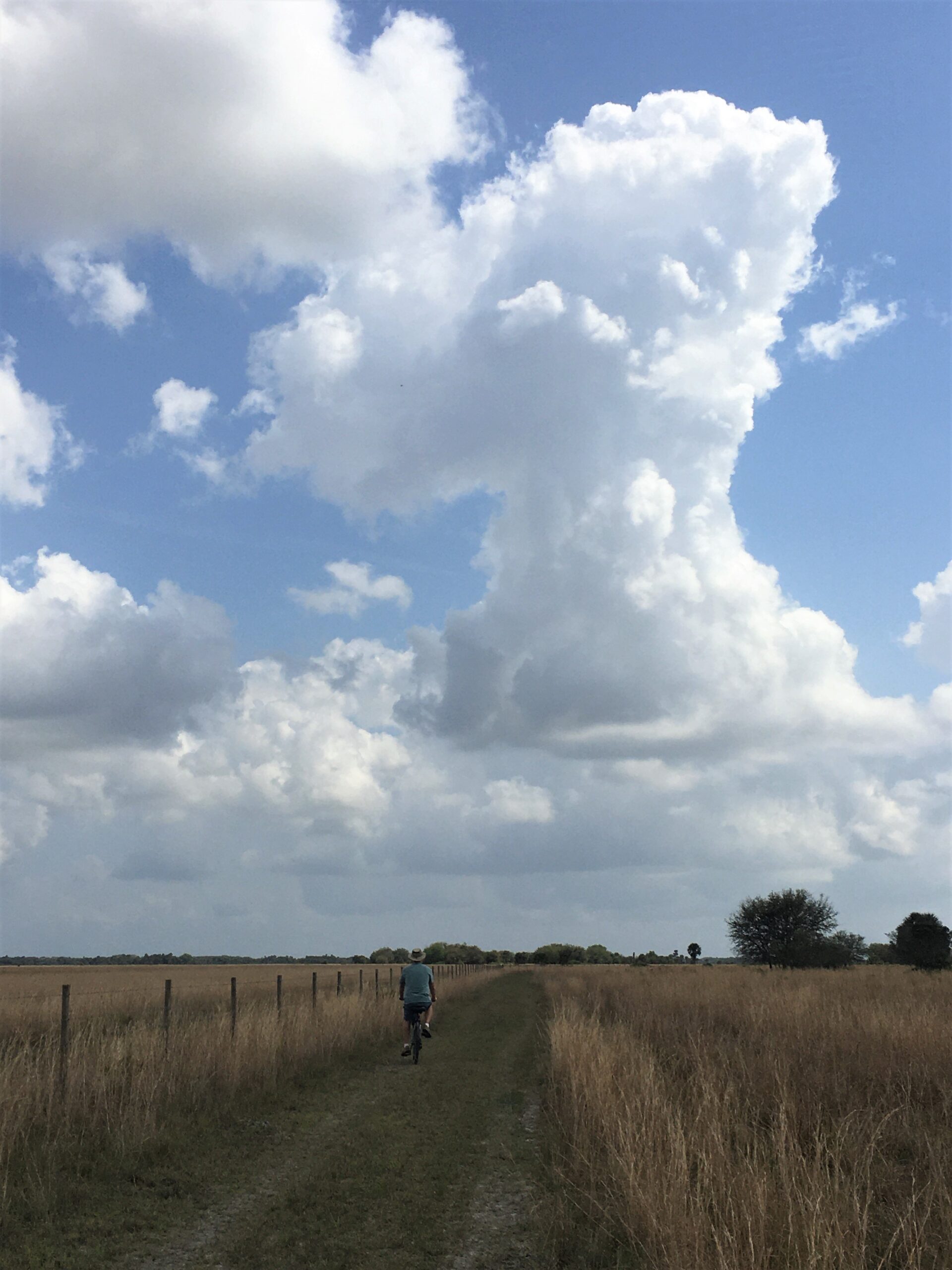

We turned around.
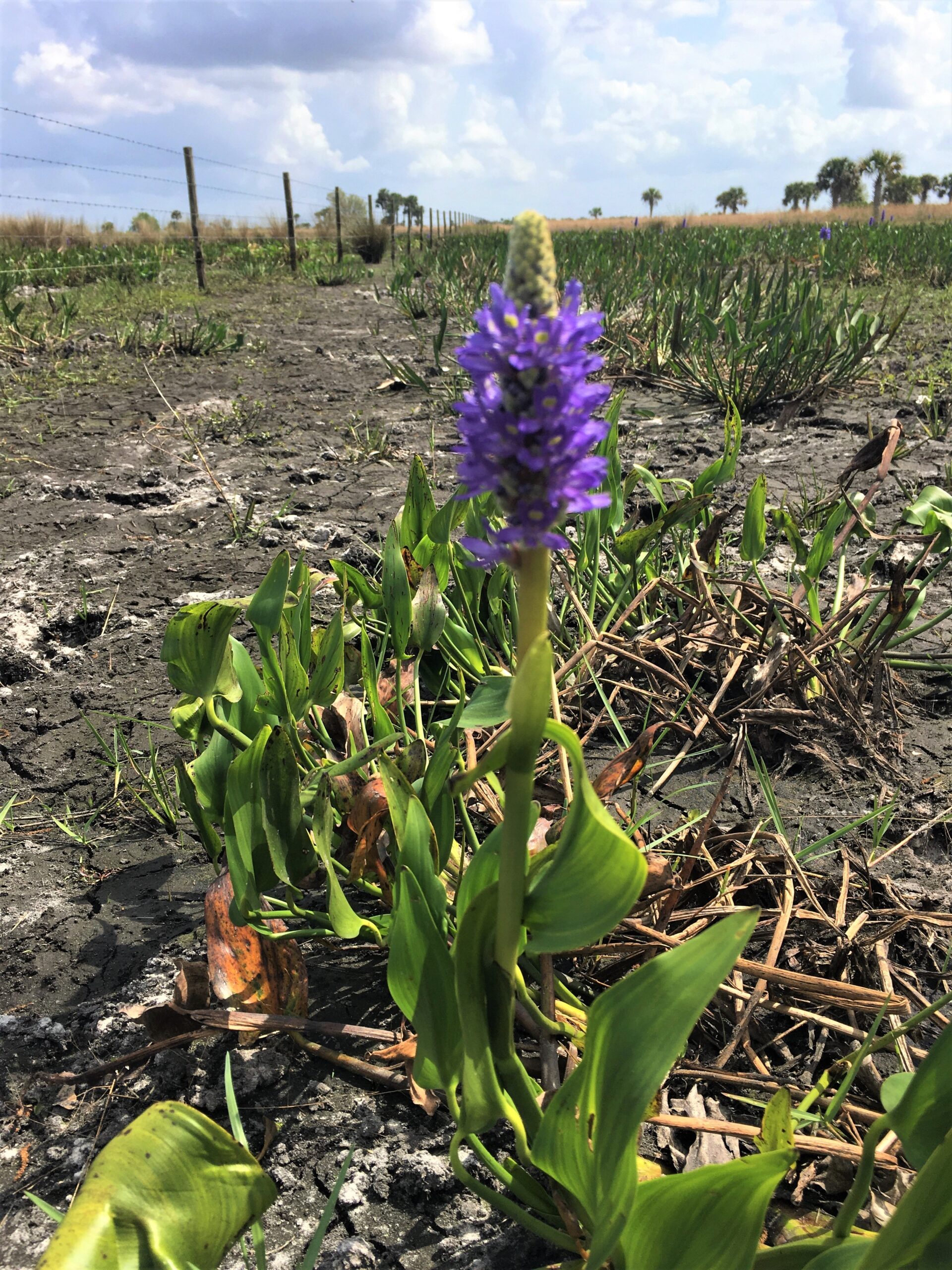
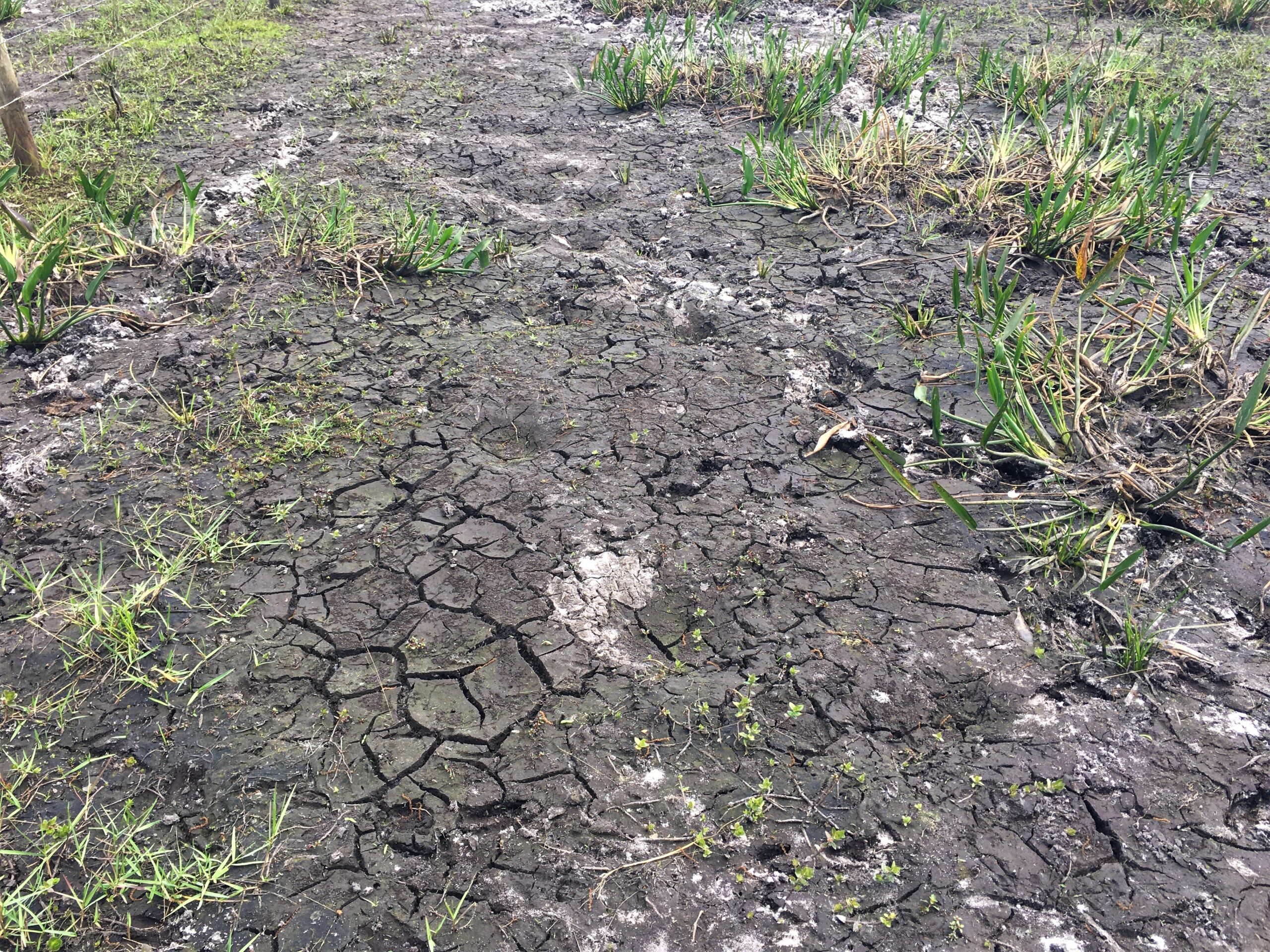
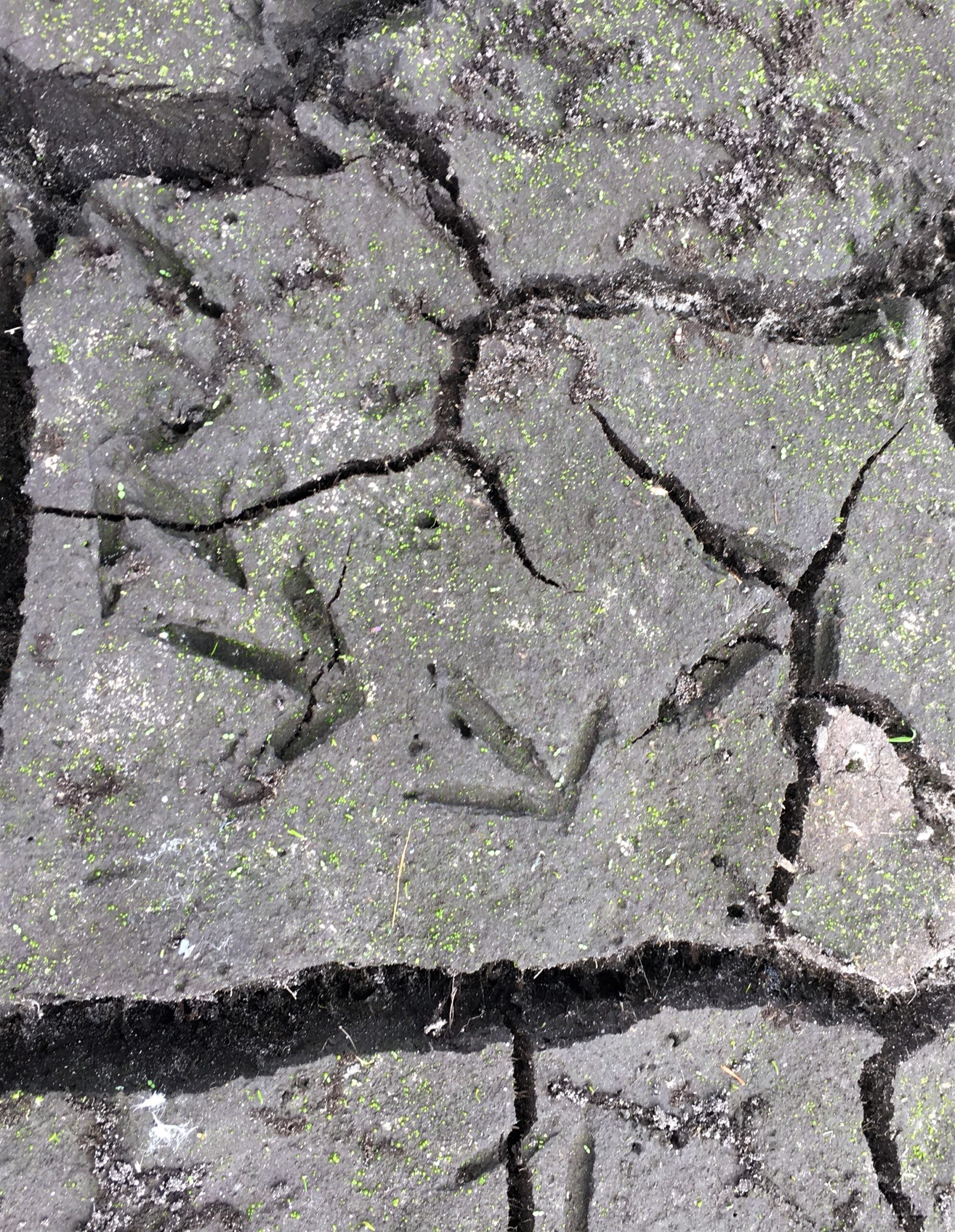
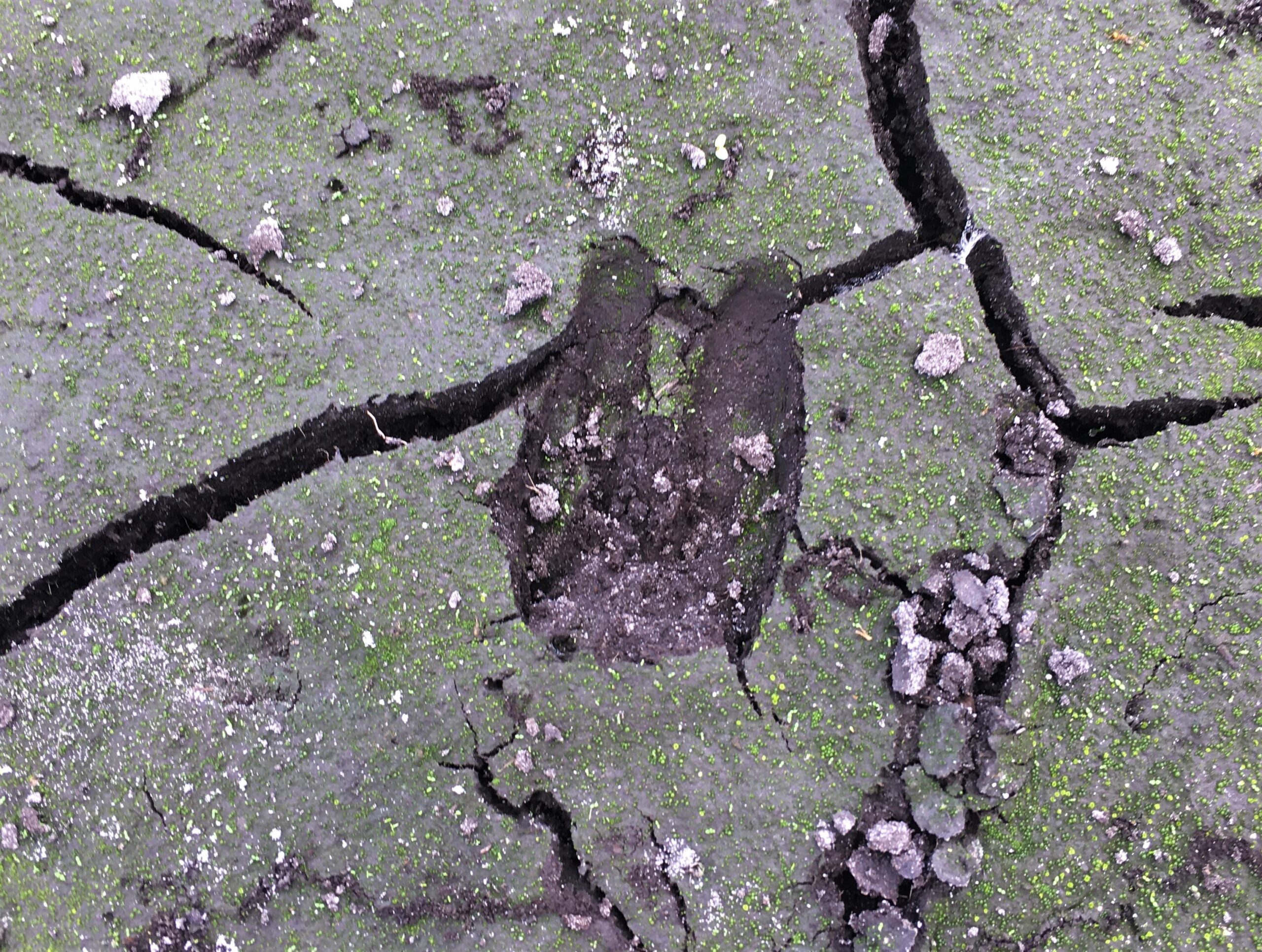
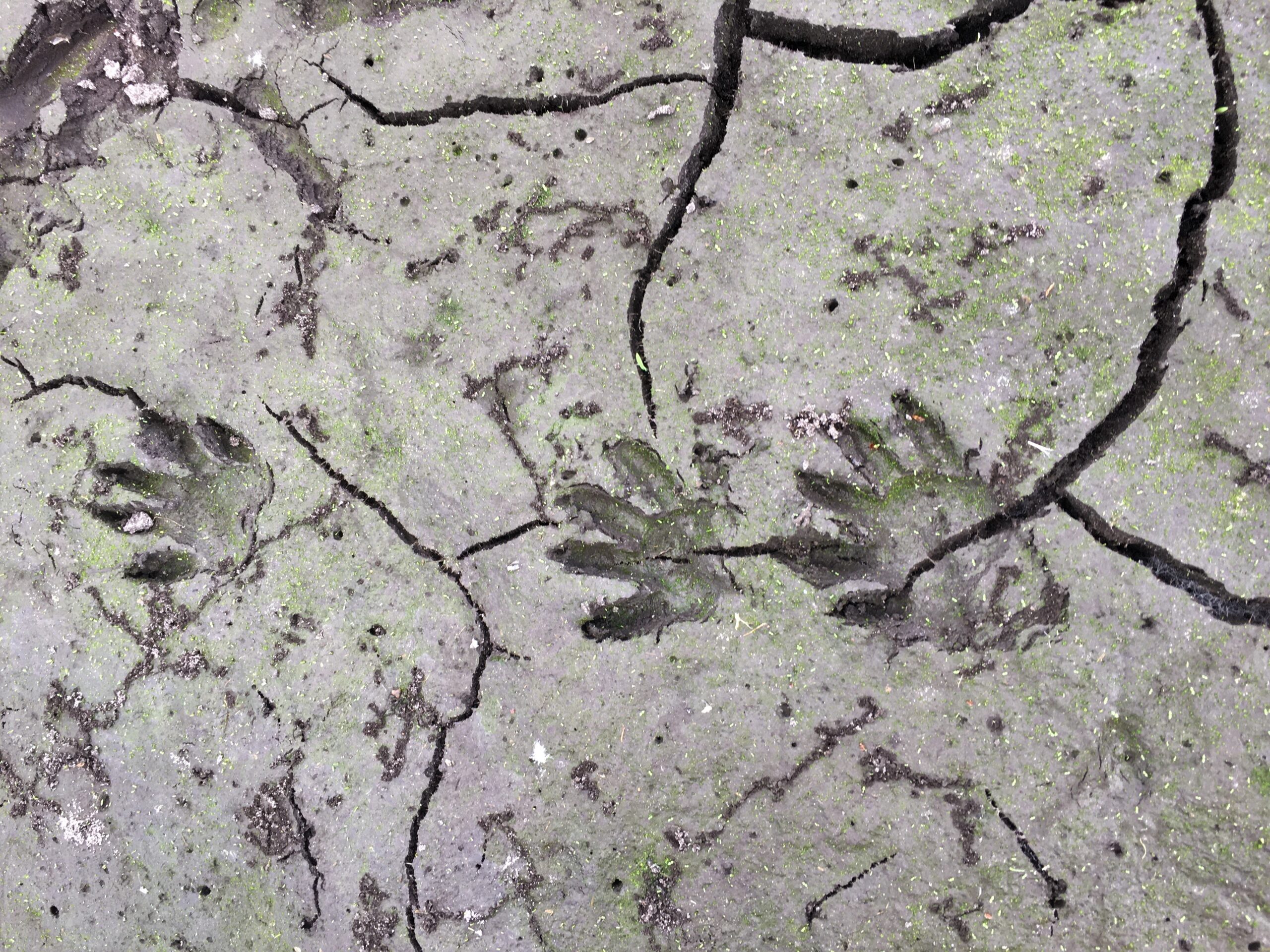
One of the ‘wildlife’ things worth mentioning was us scaring a huge beef cow bull. What a fraidy cat! He was nosing around the fence line as we rode up and as soon as we stopped, he turned tail and trotted away. When we got off our bikes and stood there, he ran a little further. Too funny! Blaine said it was because I was wearing a pink shirt, but I don’t think that had anything to do with it. What do you think?
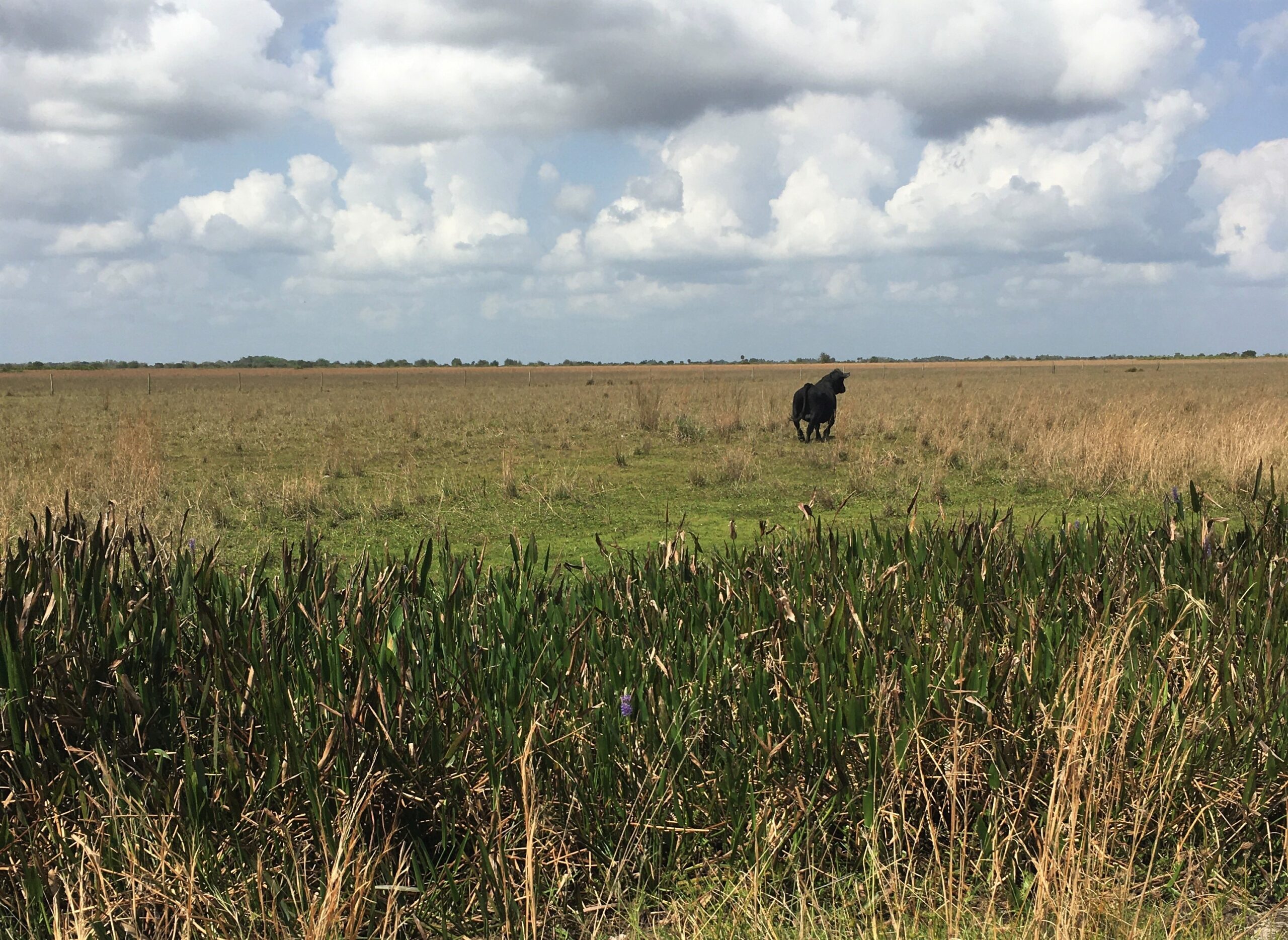
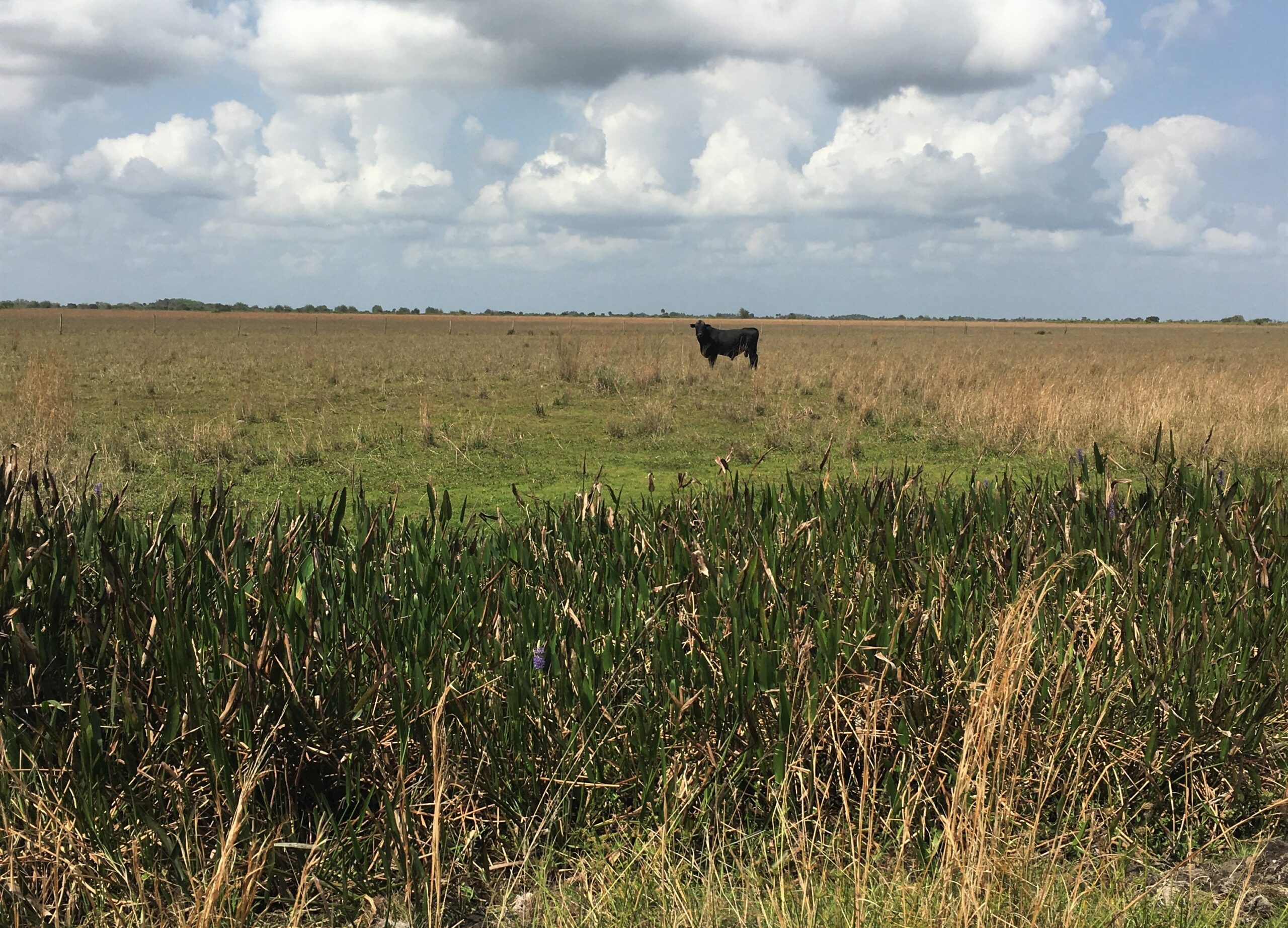
Probably the most exciting thing occurred as we approached our favorite spot, “Alligator Alley” and stood and watched the gators there. There was quite a bit of activity that we were unable to photograph, but I think we’ll always remember! One was swimming around quite a bit and even chased a young one into the water causing quite a ruckus. Then on the far right, we heard another commotion which we knew was a gator, but it was hidden in the tall grass and we couldn’t see what was going on. And then, just as we were preparing to leave the area, the three gators (left, center and right) started sort of ‘barking’ at each other. It was all very exciting!
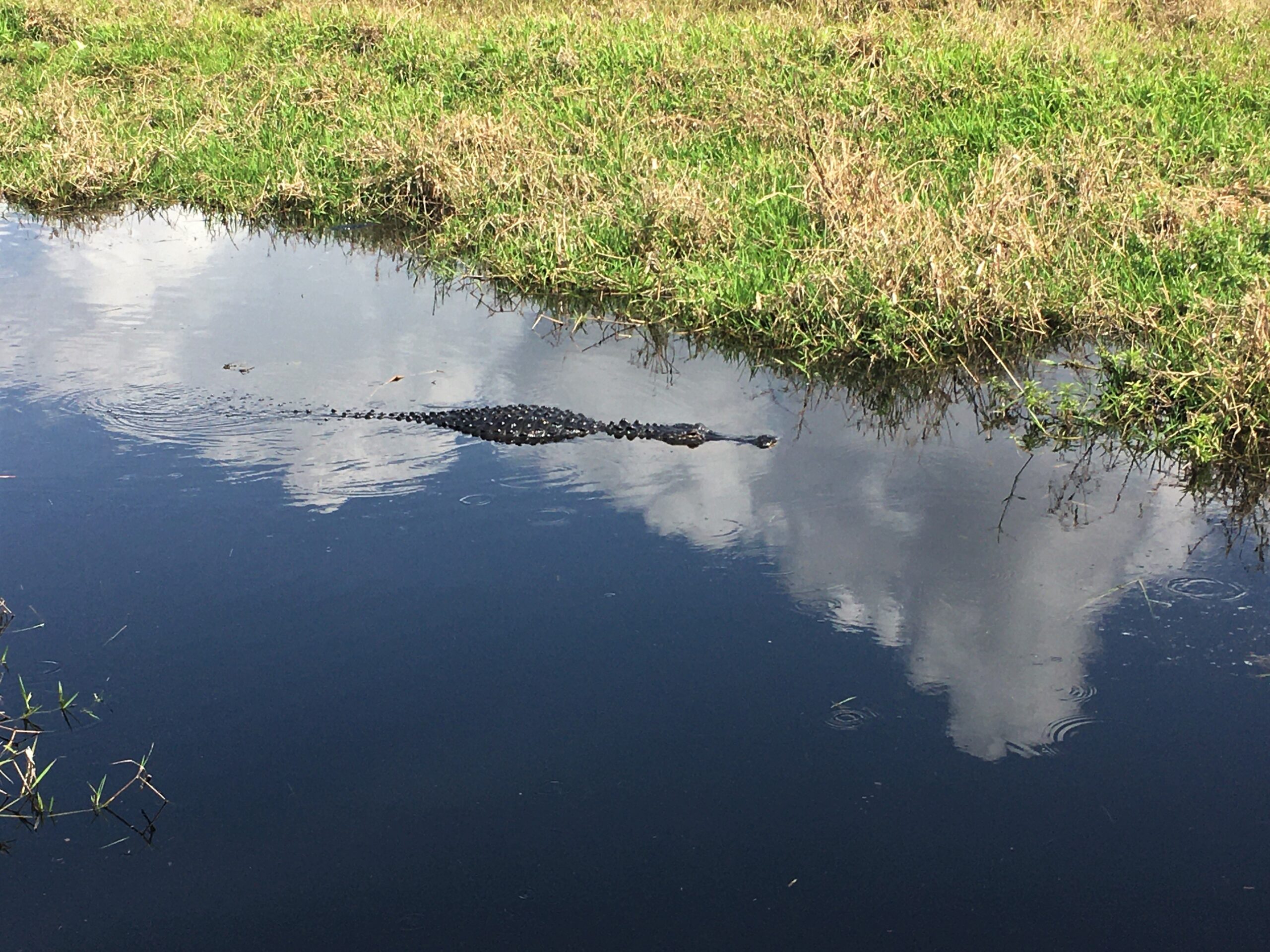
Here’s a few alligator facts for you to ponder brought to you by Key West Aquarium:
The word “alligator” comes from the Spanish word for lizard, el lagarto, which is the term the early settlers of Florida used when they first encountered them.
- American alligators were once considered almost extinct
- By the 1950s, endless hunting had almost wiped out the population
- By the 1980s, the population managed to recover; gators were removed from the endangered species list
- Although confrontations occur, attacks on humans by alligators are still considered rare
- Homes and communities now lie on edges of alligator habitats or have water that alligators seek
- Alligators are often drawn to storm water ponds of all sorts
- Regardless of whether it’s natural or man-made, if there’s a body of water in Florida, there could be an alligator in it
- Alligators have a preference for fresh water and sometimes brackish water
- Statistical data suggests that the probability of being killed by an alligator is low
- Since the early 1970s, there have been 23 fatalities and under 400 unprovoked bites by alligators in Florida
- Mating season for alligators is late April through early June
- Females build their nest and lay on average 20-45 eggs in June/July
- Eggs traditionally hatch from the middle of August through the beginning of September
- Egg, hatchling and nest survival is often stunted by predators (like raccoons) and flooding
- Alligators rely on external heat sources in order to regulate their body temperature (which is why they can often be found lying in the sun or on a hot surface)
- 80-90 degrees Fahrenheit is the range of temperature when gators are most active
- Limited feeding takes place during temperatures less than 70 degrees Fahrenheit
- The hibernation or dormant period for gators is often when the temperature is below 55 degrees Fahrenheit
- Alligator classification: reptiles (direct ancestors: dinosaurs)
- An alligator’s heart has four chambers (most reptiles have 3)
- The American alligator is known as the largest reptile in North America
- Alligators are the official state reptile of Florida
- The alligator is the mascot of the University of Florida
- Alligators can go six months a year without eating
- Alligators migrate far distances (they walk on roads, crawl through pipes, slug through swamplands)
- It is difficult to keep alligators contained to one space
- Alligators mostly ignore humans and are often unsettled/frightened by them
- If hungry, and humans are in the water, alligators may go for the ankles of that nearby human (regardless of age, weight or size)
- An alligator is able to outrun all human creatures within the first 20-30 feet of exiting the water – making it very difficult for humans to outrun alligators
- It is difficult to spot an alligator in the water or on land if it’s in a secluded area
- Alligators watch from above the water but they listen and feel vibrations of prey from below the water
- Alligators are known to lie on tar roads due to the hot surface
- Alligators are prevalent all over Florida
- If bit by an alligator, make a lot of noise, use force, poke eyes
- Alligator diet includes prey that is easy to find and available often
- Adult alligators eat snakes, turtles, smaller mammals, small birds, large/rough fish
- Young alligators eat mostly insects, smaller fish, other amphibian creatures/invertebrates
- Alligators have been known to eat other alligators and dead animals
- Female alligators typically remain under 10 feet long
- Male alligators can be much larger than females and over 10 feet in length
After all that, we came home to new neighbors. Tent people who’ve been positioned at the end of our loop. Guess they’re part of the Prairie Shuffle just as we are. There’s a lot of shuffling going on in Florida State Parks.
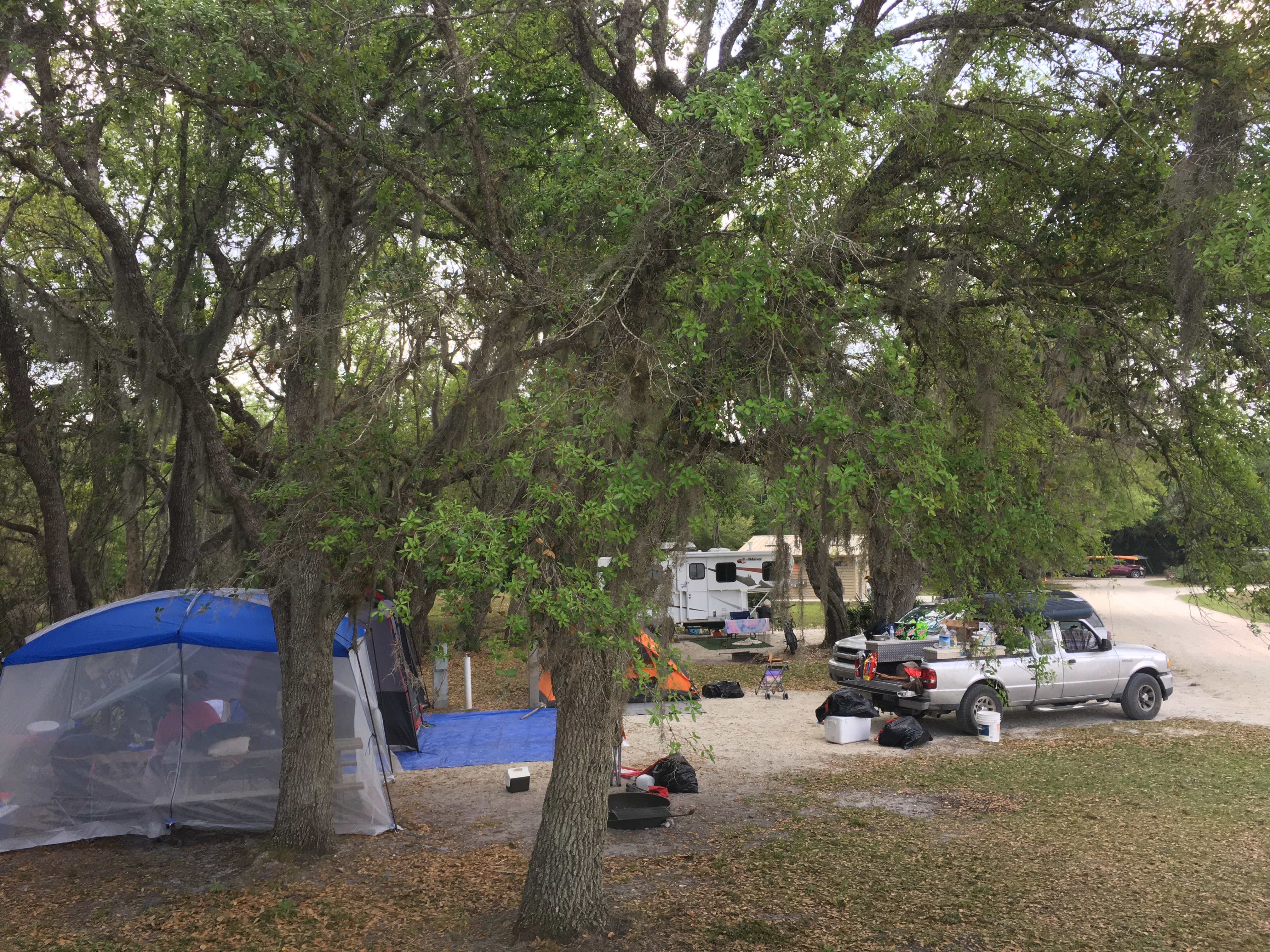
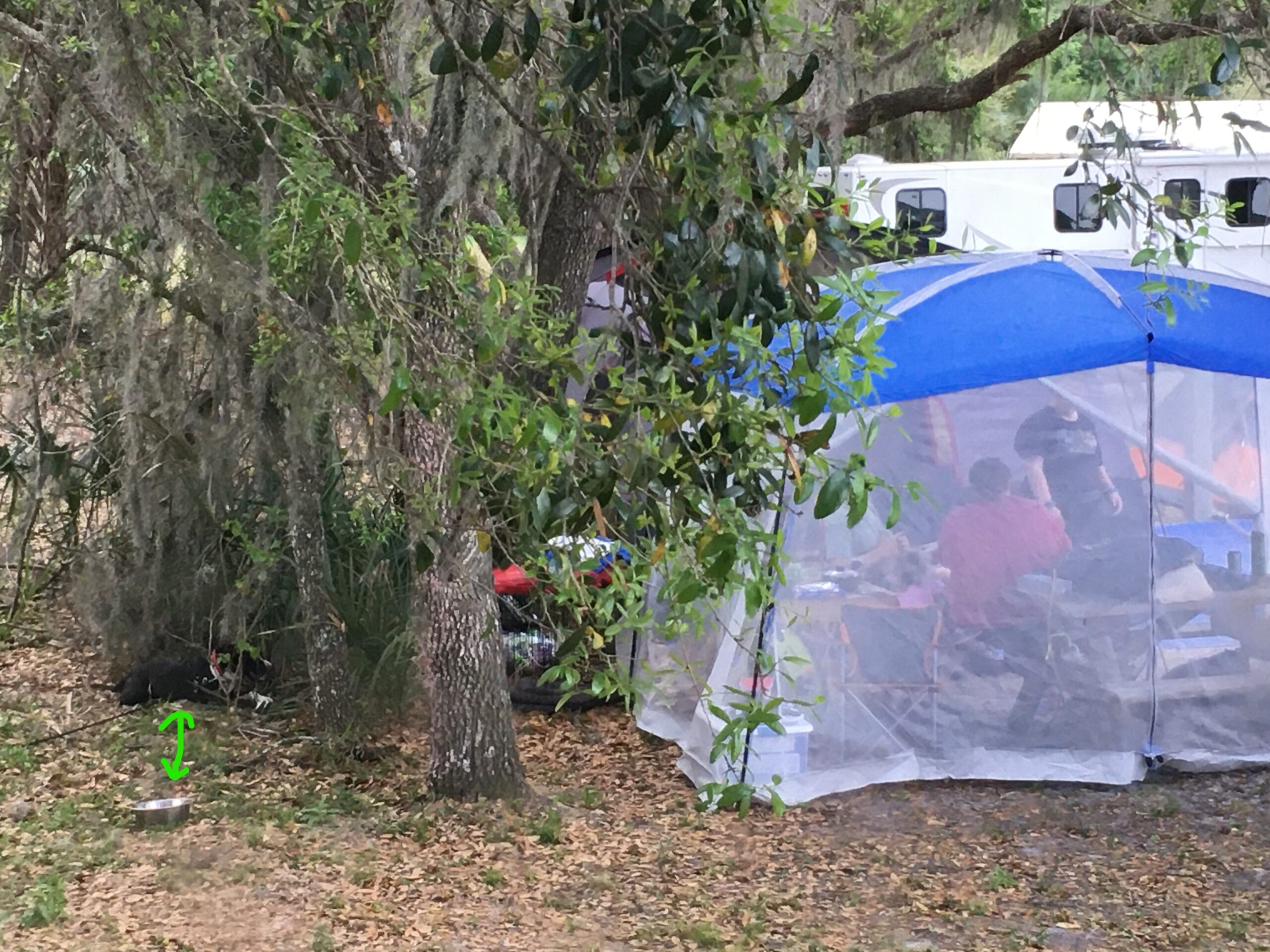
As much as I hate to move, seeing this really bothers me. : (
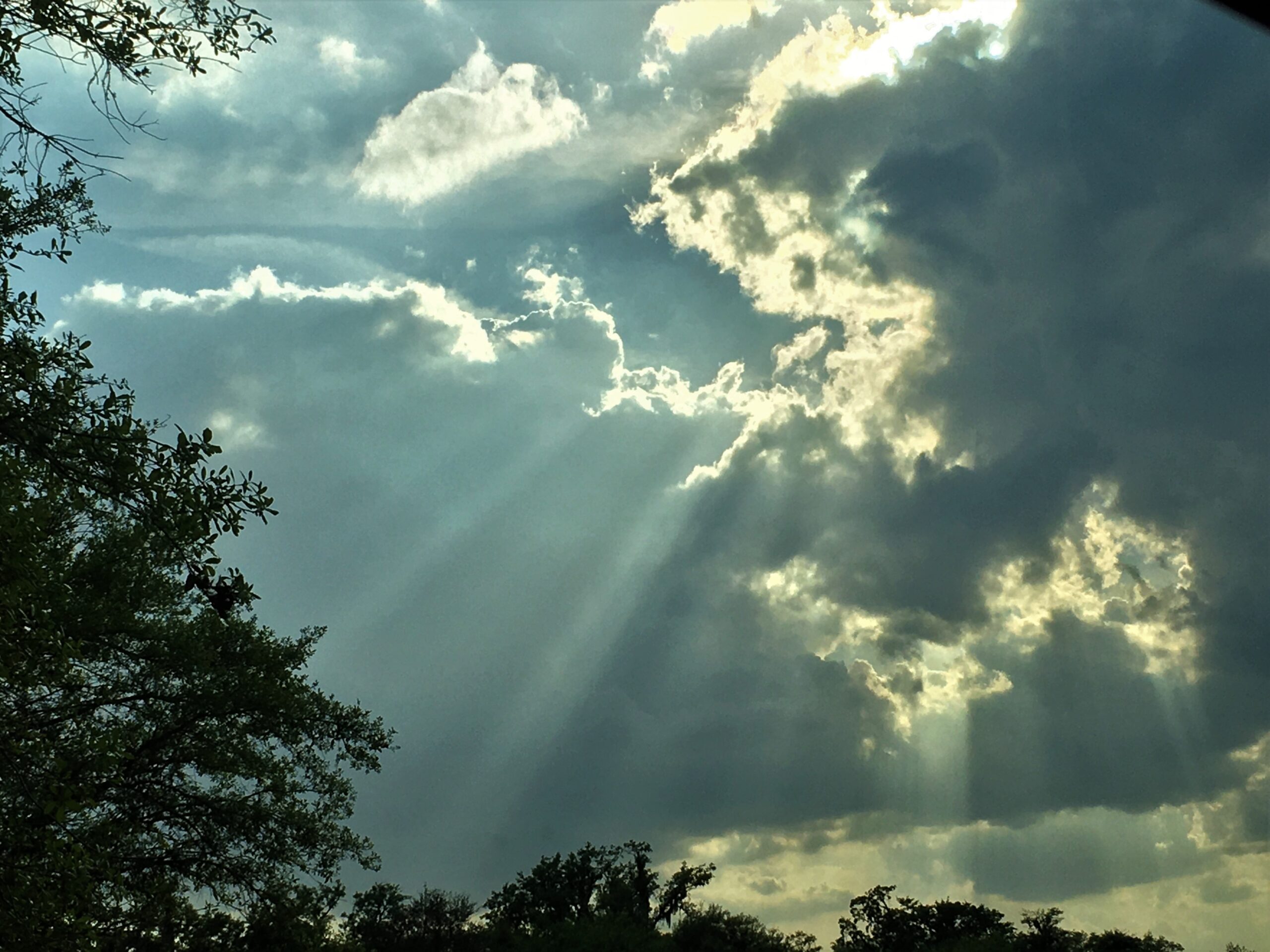
March 6th brought yet another moving day. Say goodbye to the gorgeous view we’ve been enjoying and hello the being in the middle of a dark treed campground loop on the other side of the Visitor Center.
Blaine took off for an early morning bike ride in the fog, but I had other things to take care of. While he was gone, I received a visitor! A Park volunteer showed up at our door to tell us that our next site was clean and available whenever we were ready. Wasn’t that nice?!?
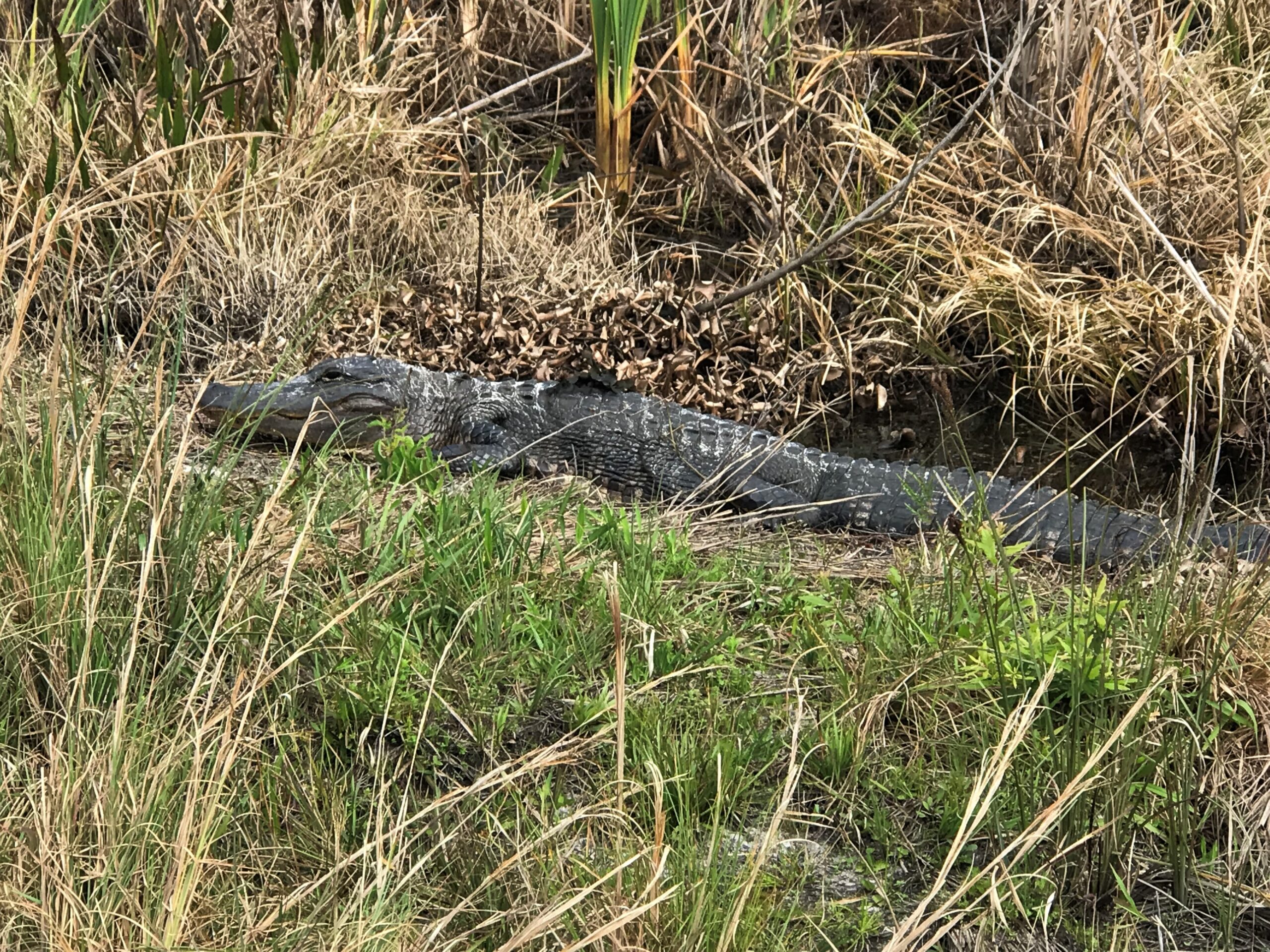

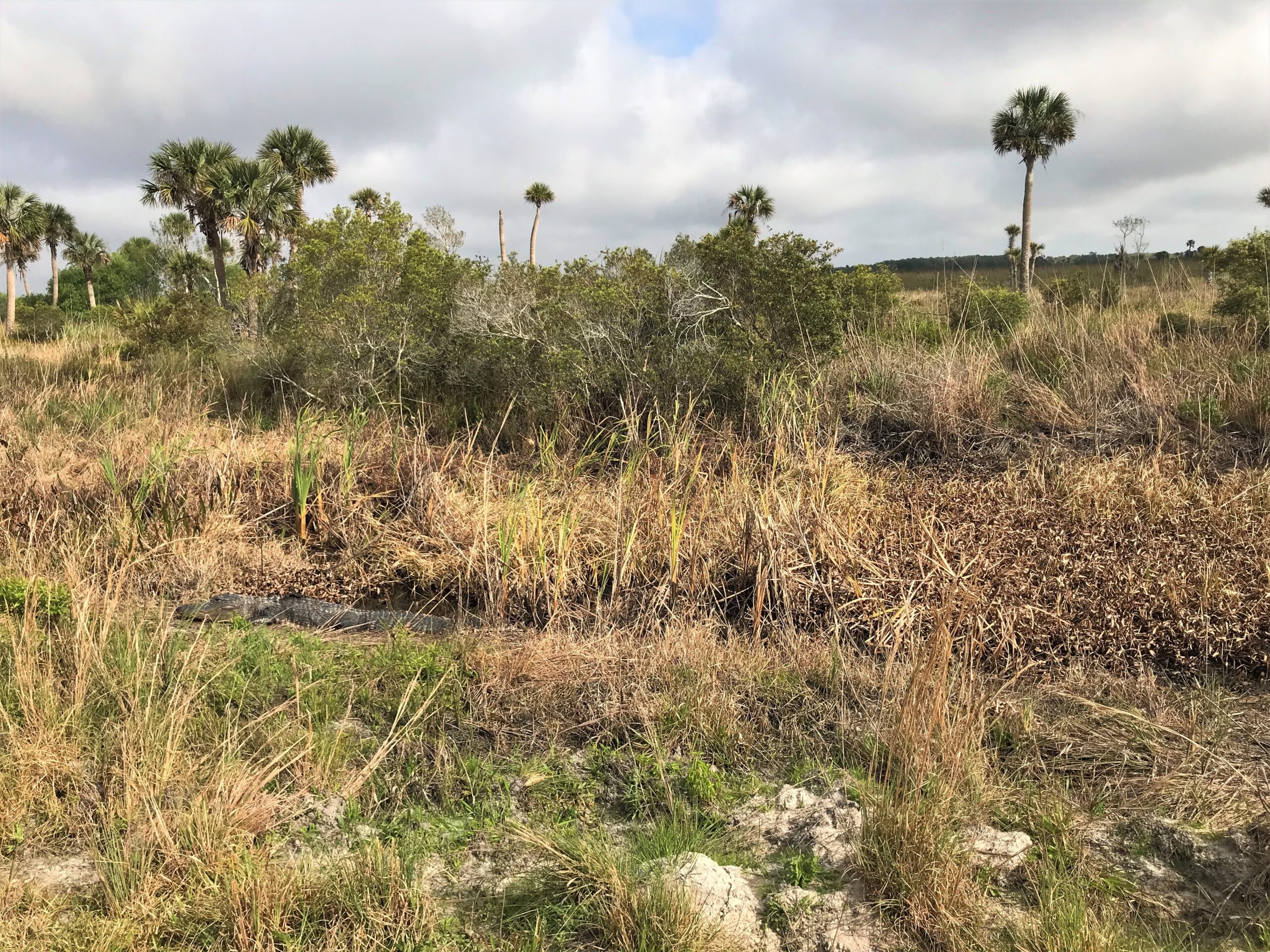
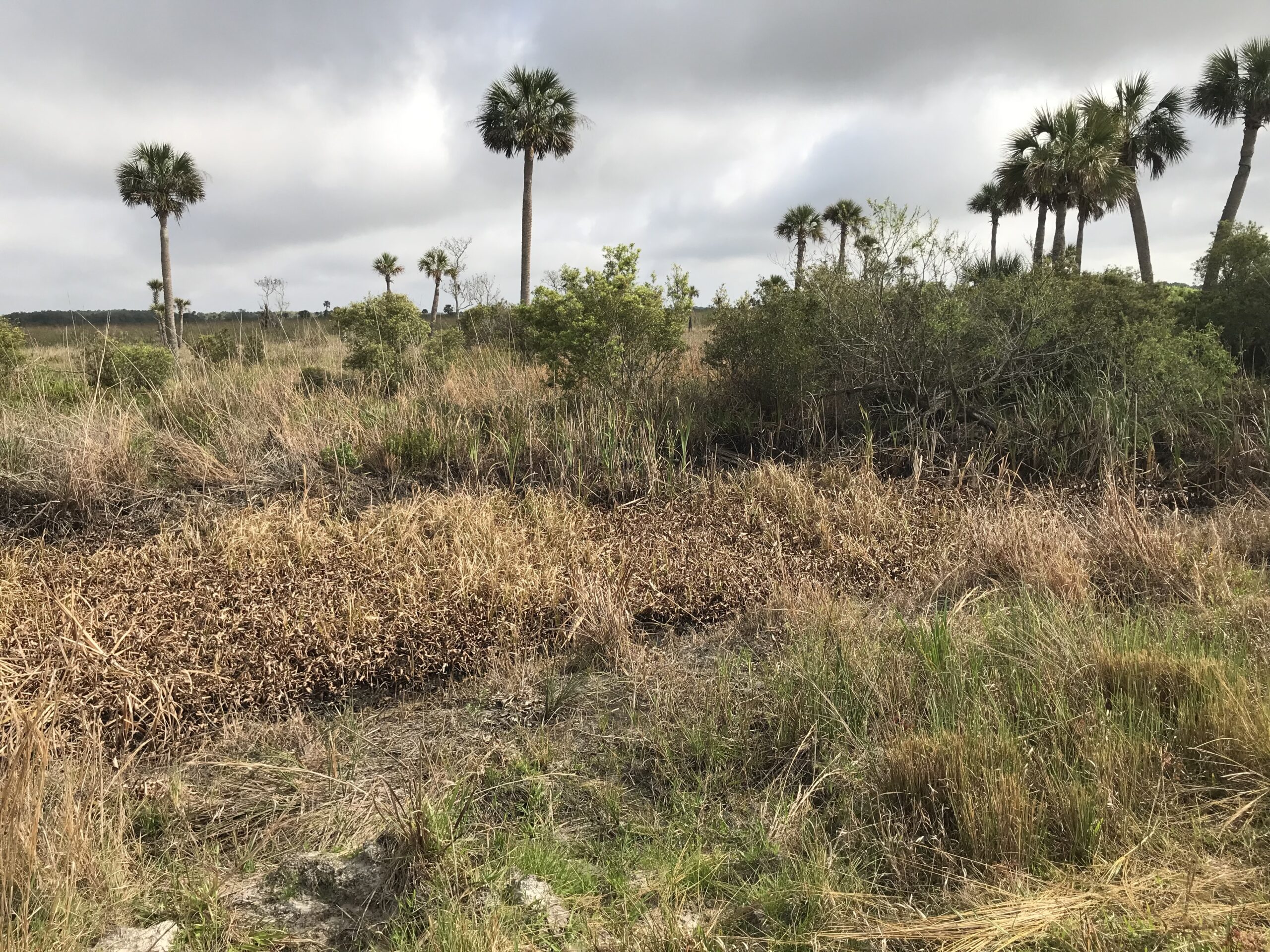
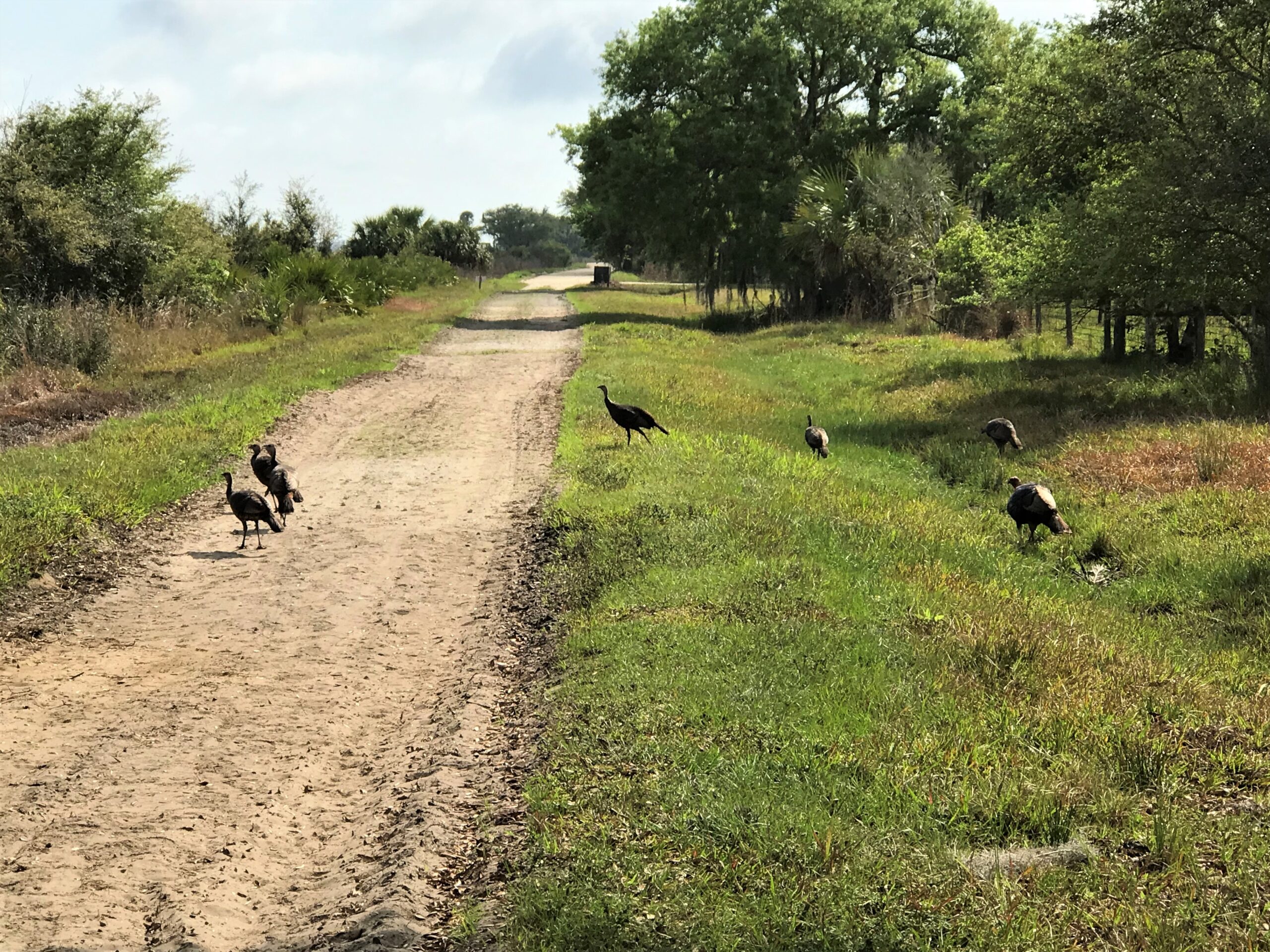
I texted Blaine and he returned home shortly thereafter, but I suspect he was almost home when he received it.
Once we were repositioned, I started on laundry – one washer and dryer at a time, and blogging in between, while Blaine took care of various ‘manly’ tasks.
And that, my friends, covers three days at Kissimmee Prairie Preserve!
